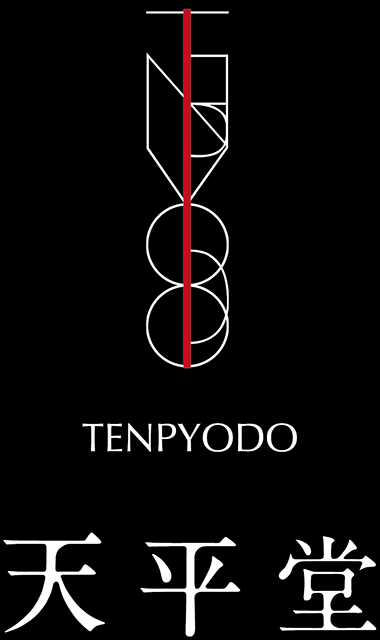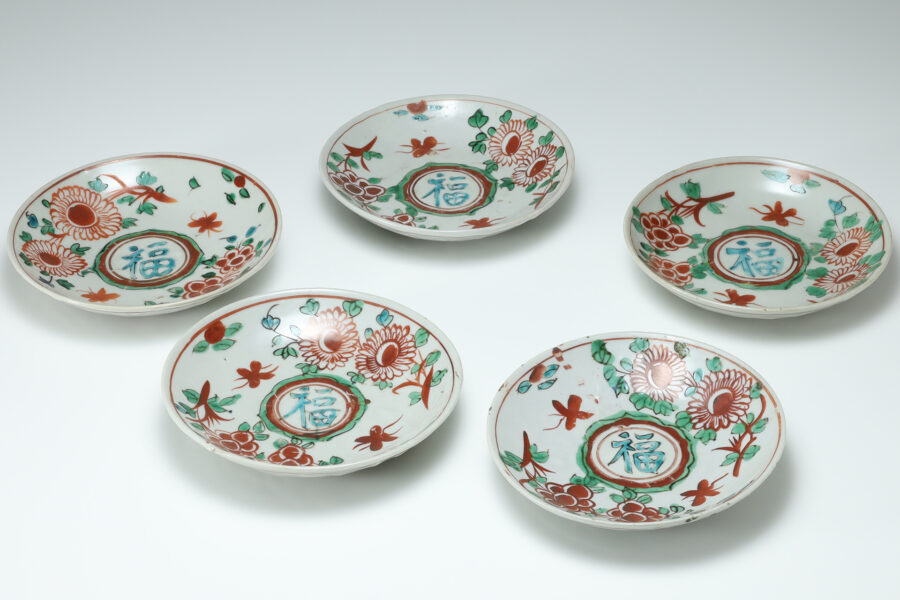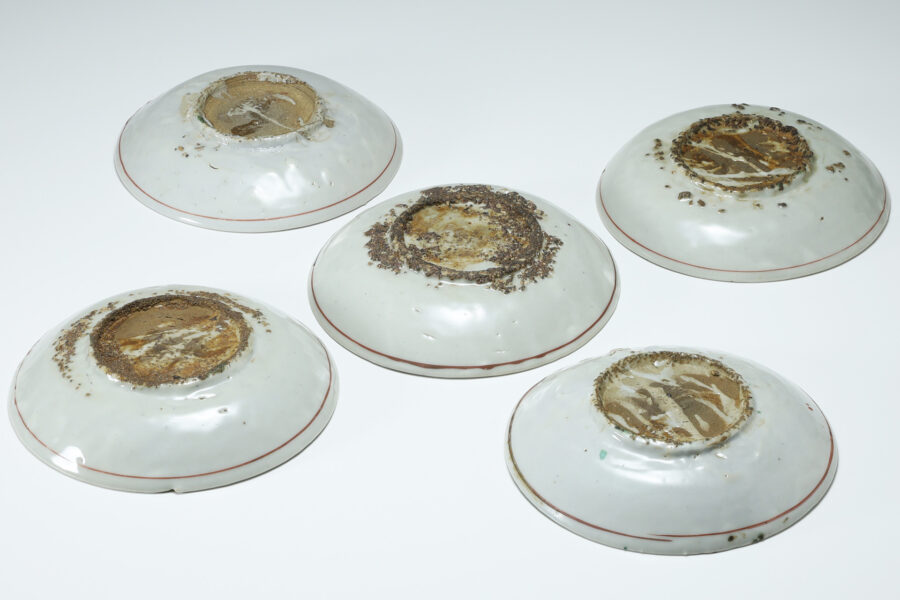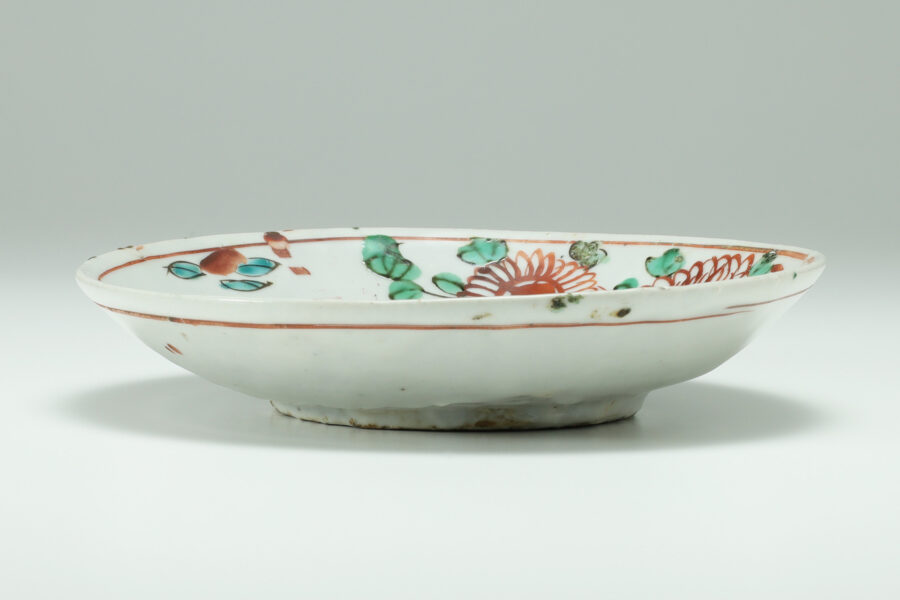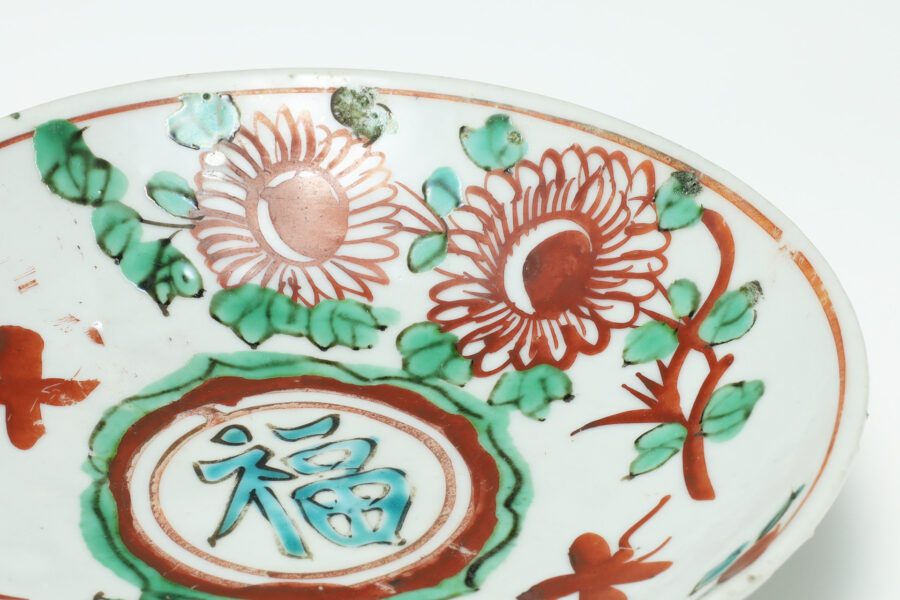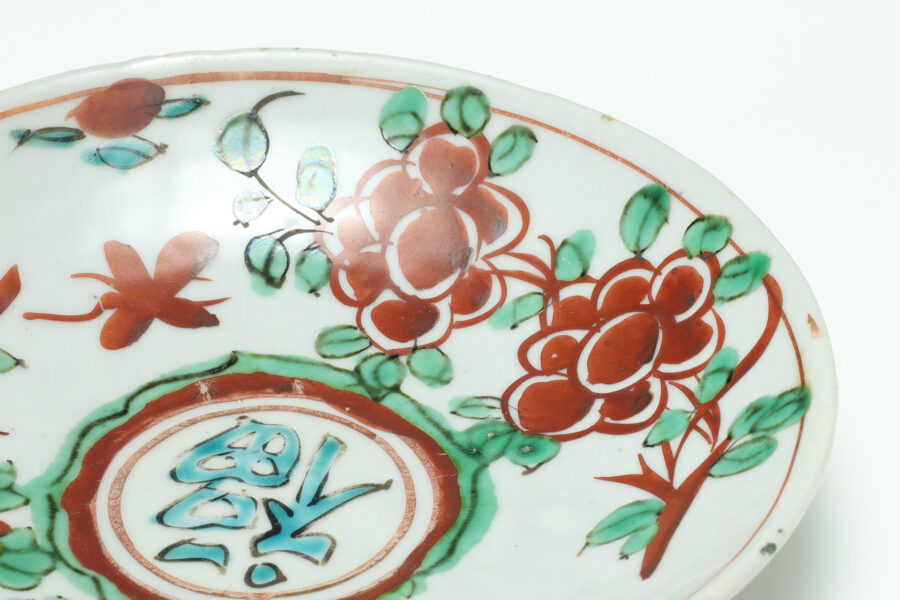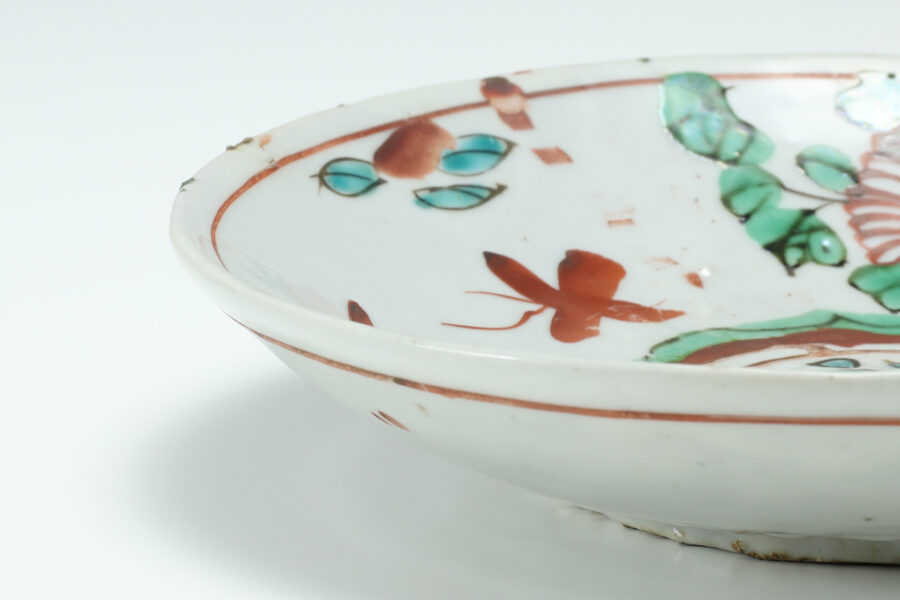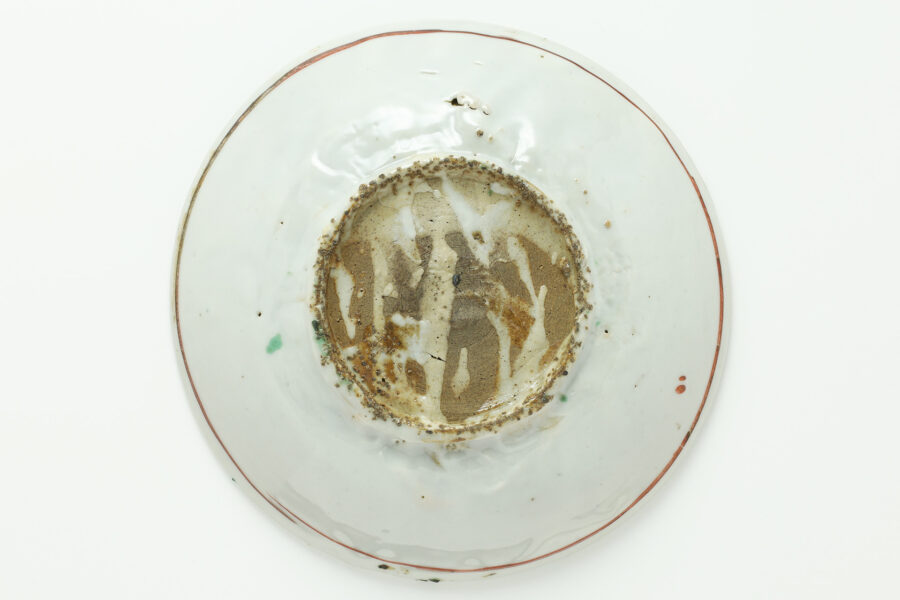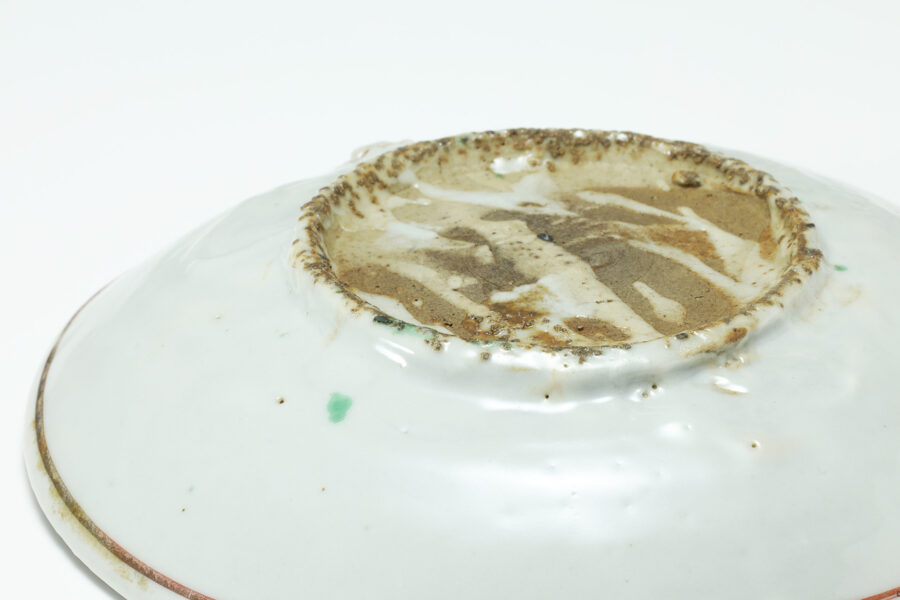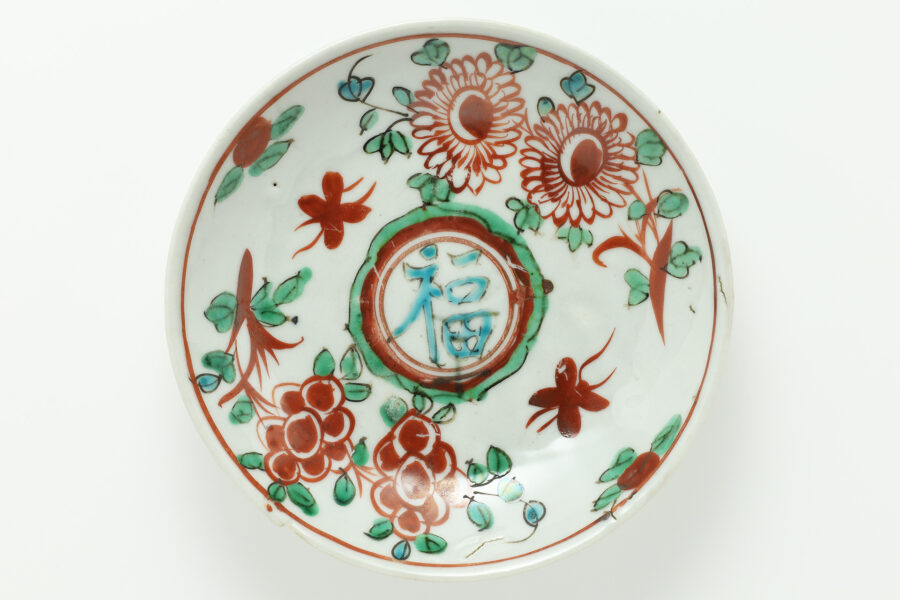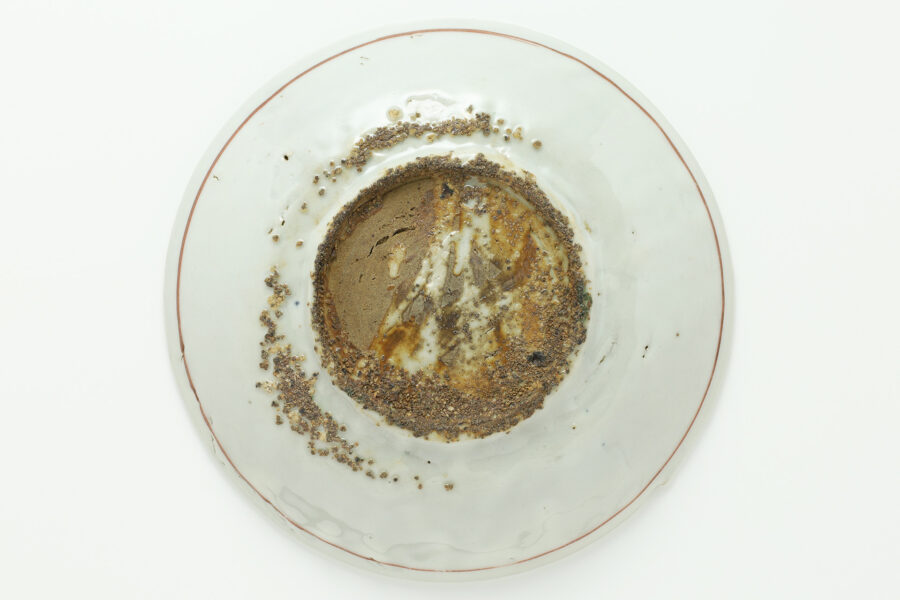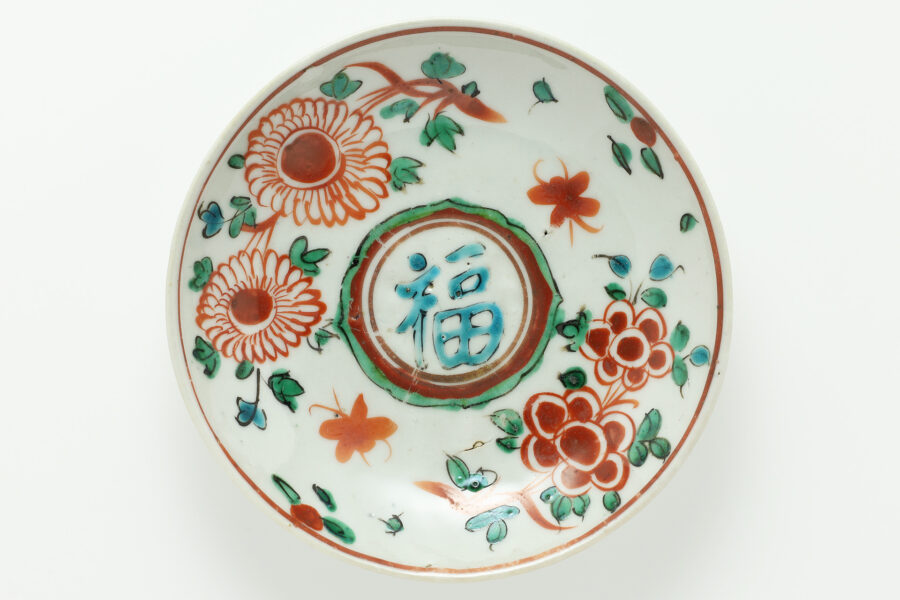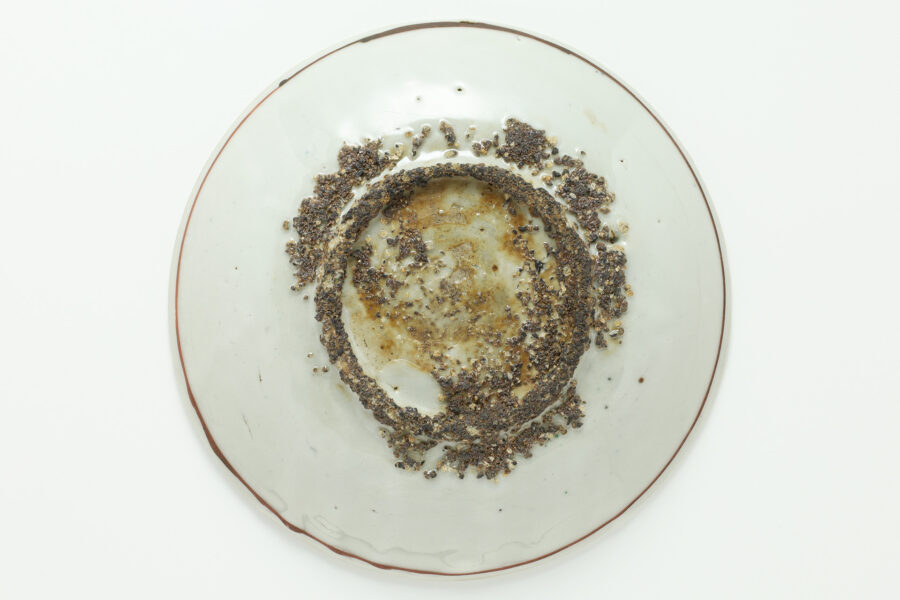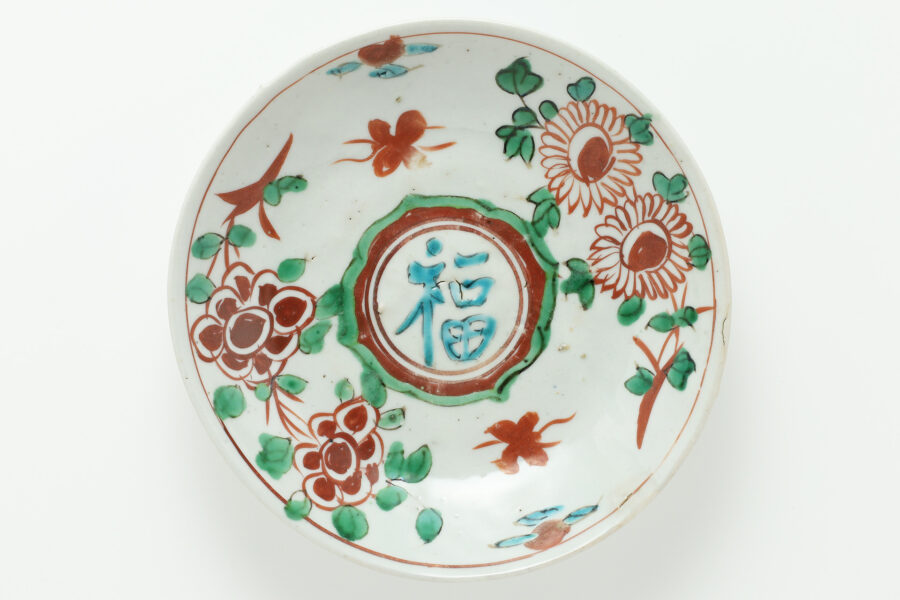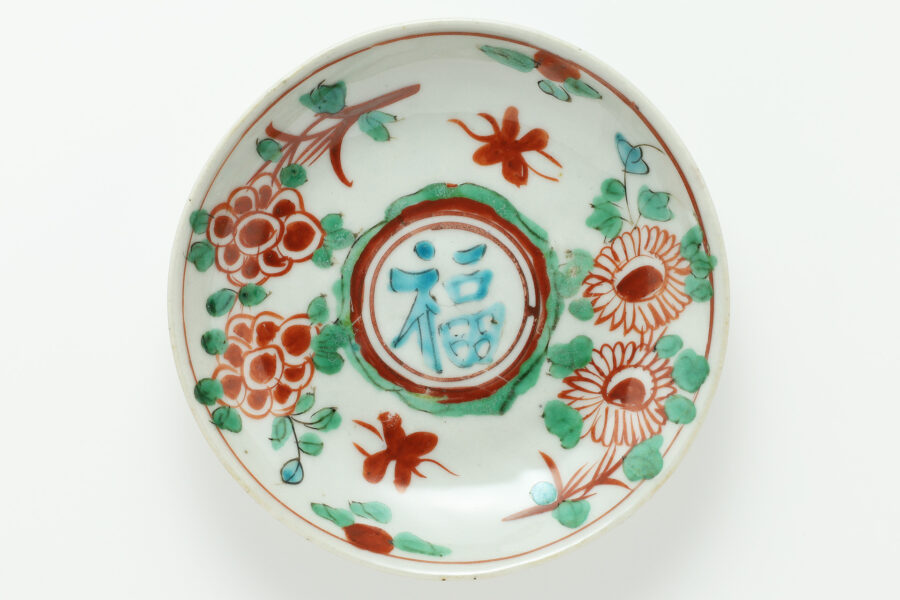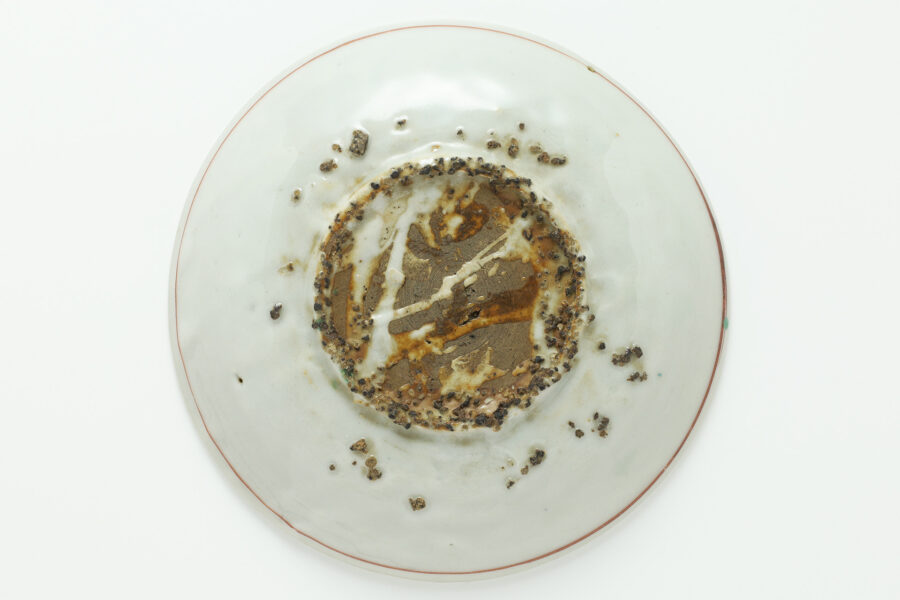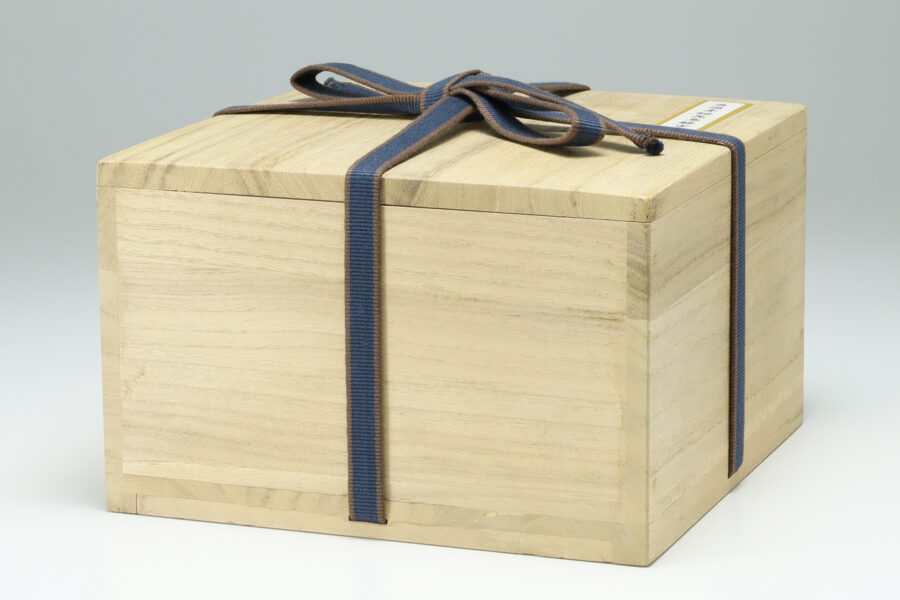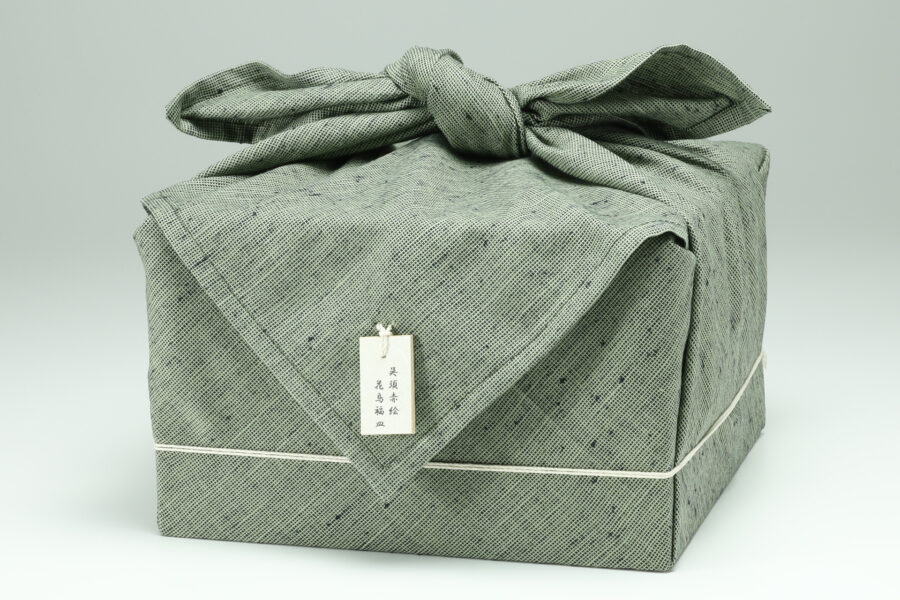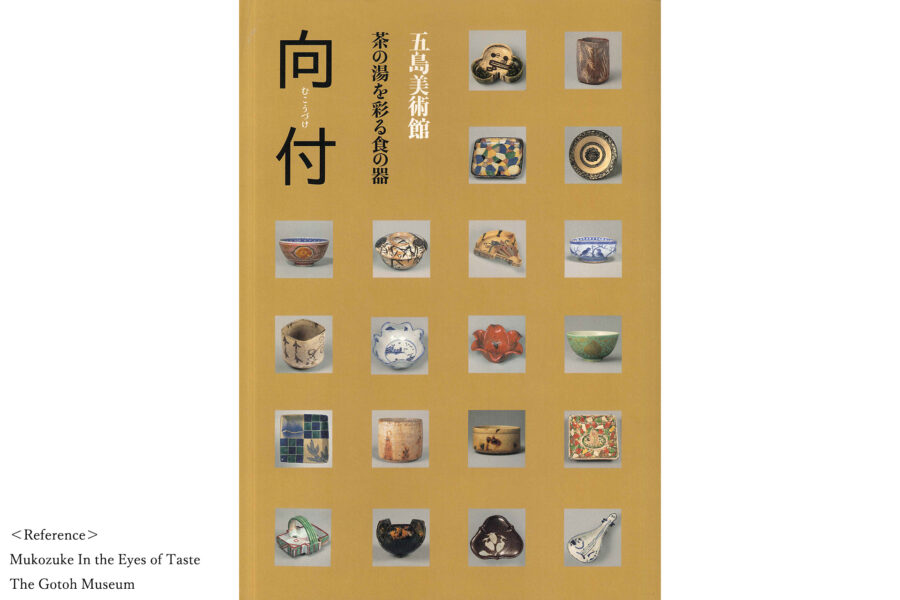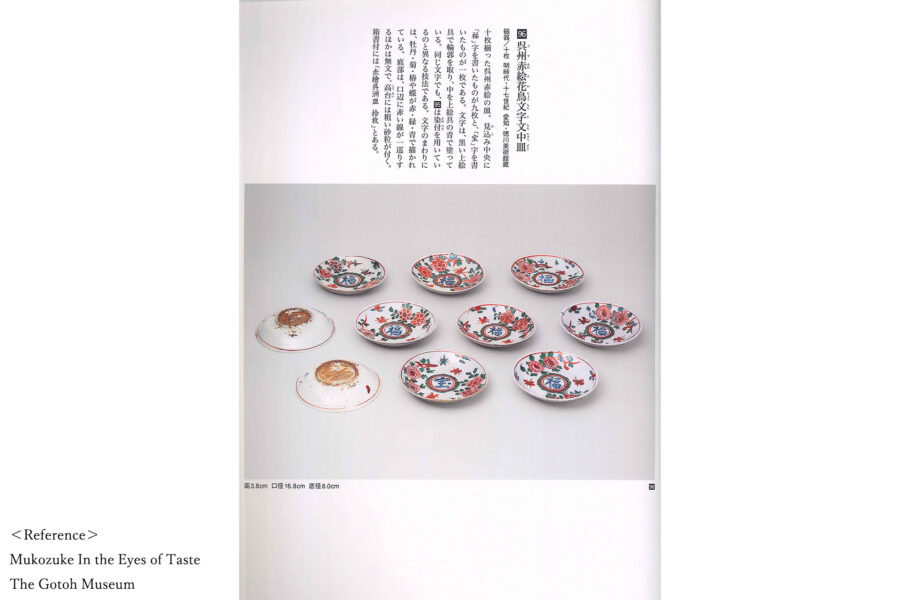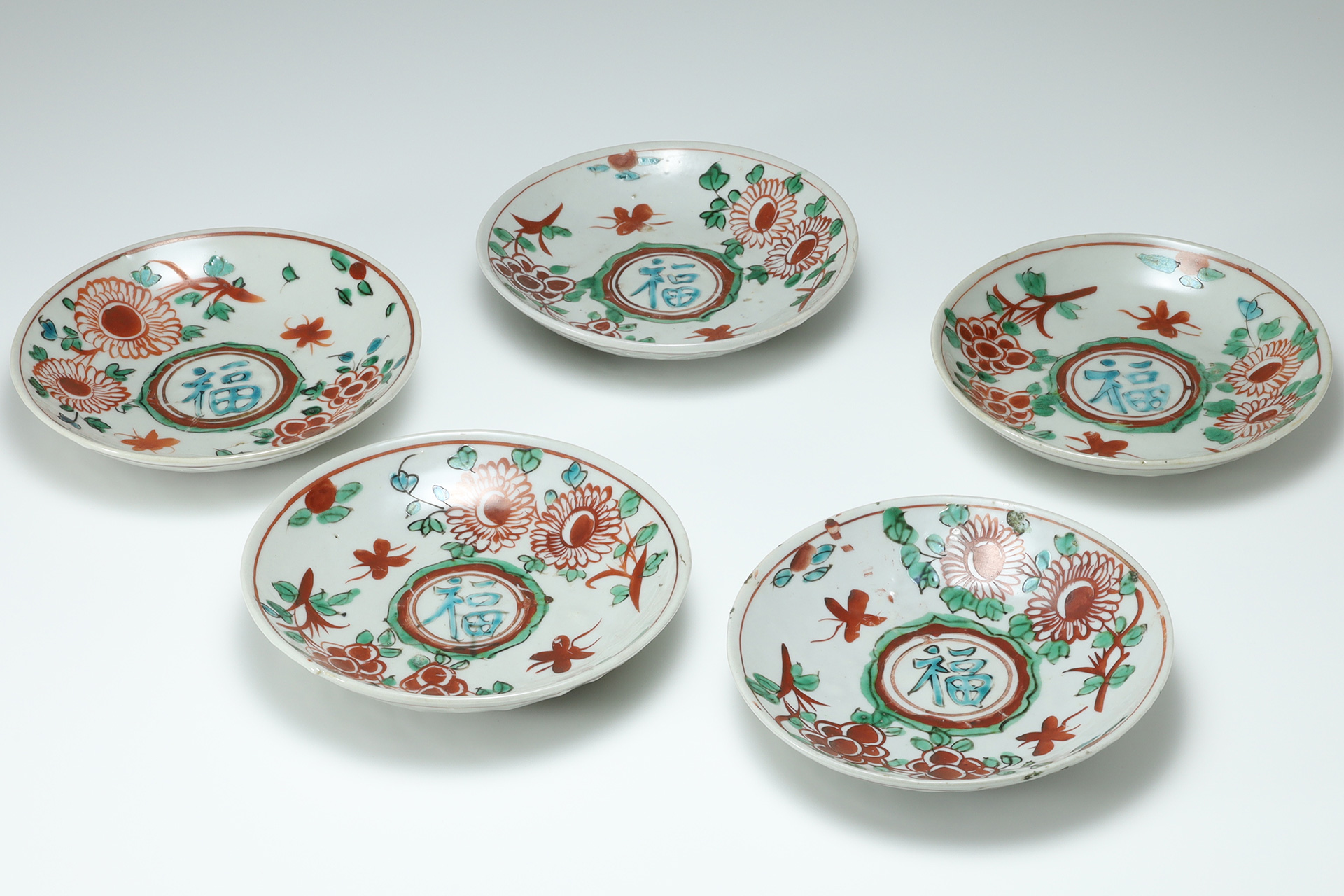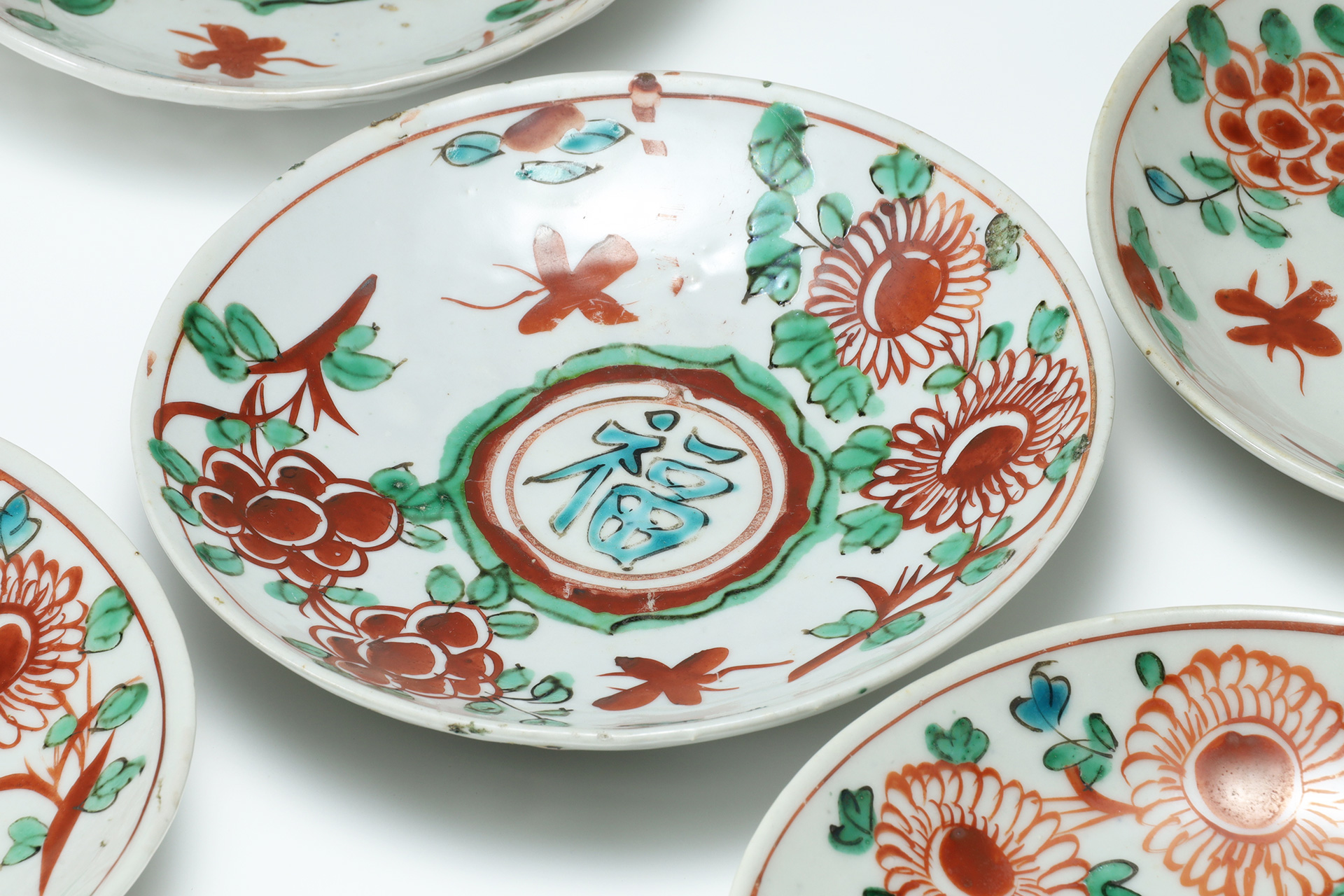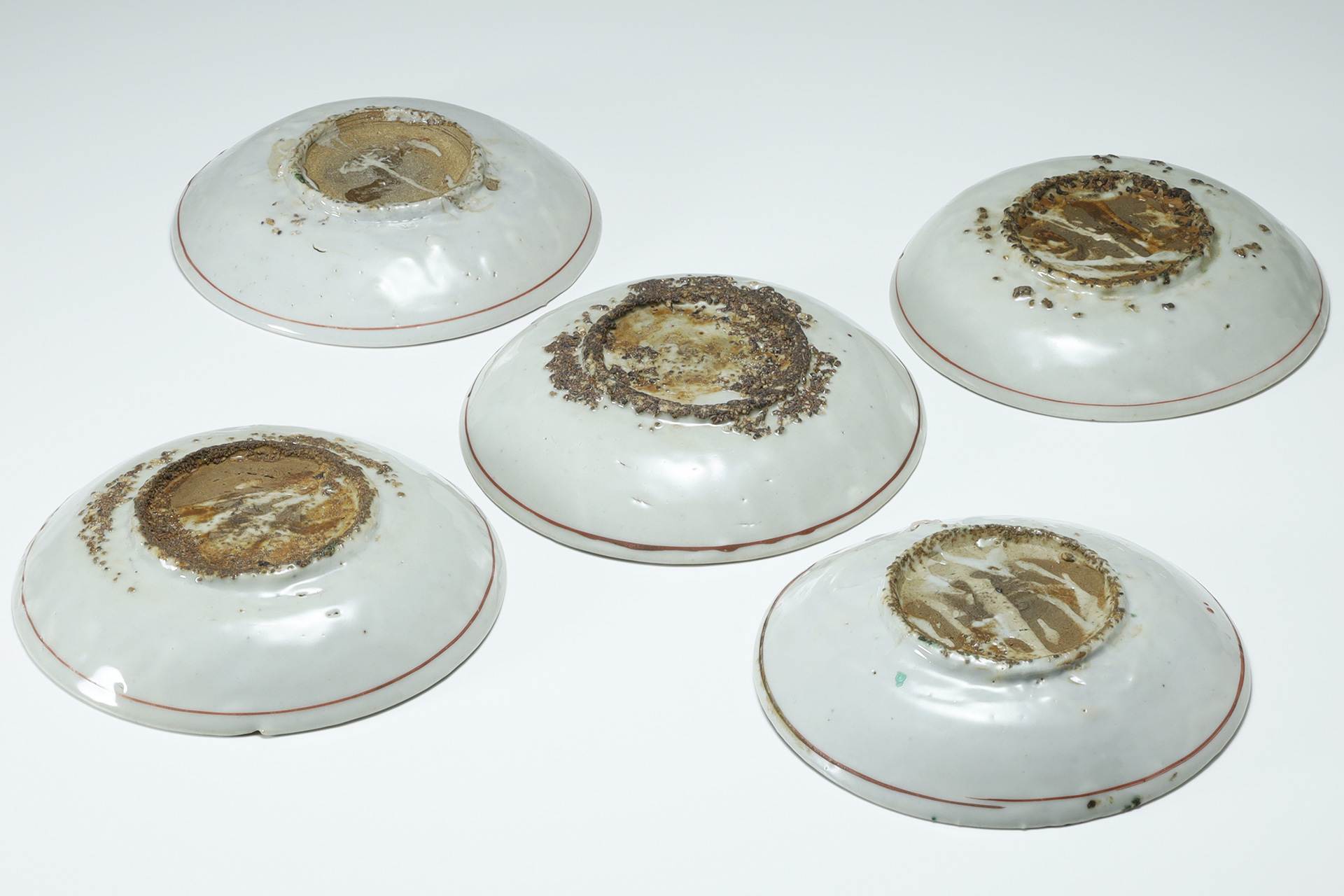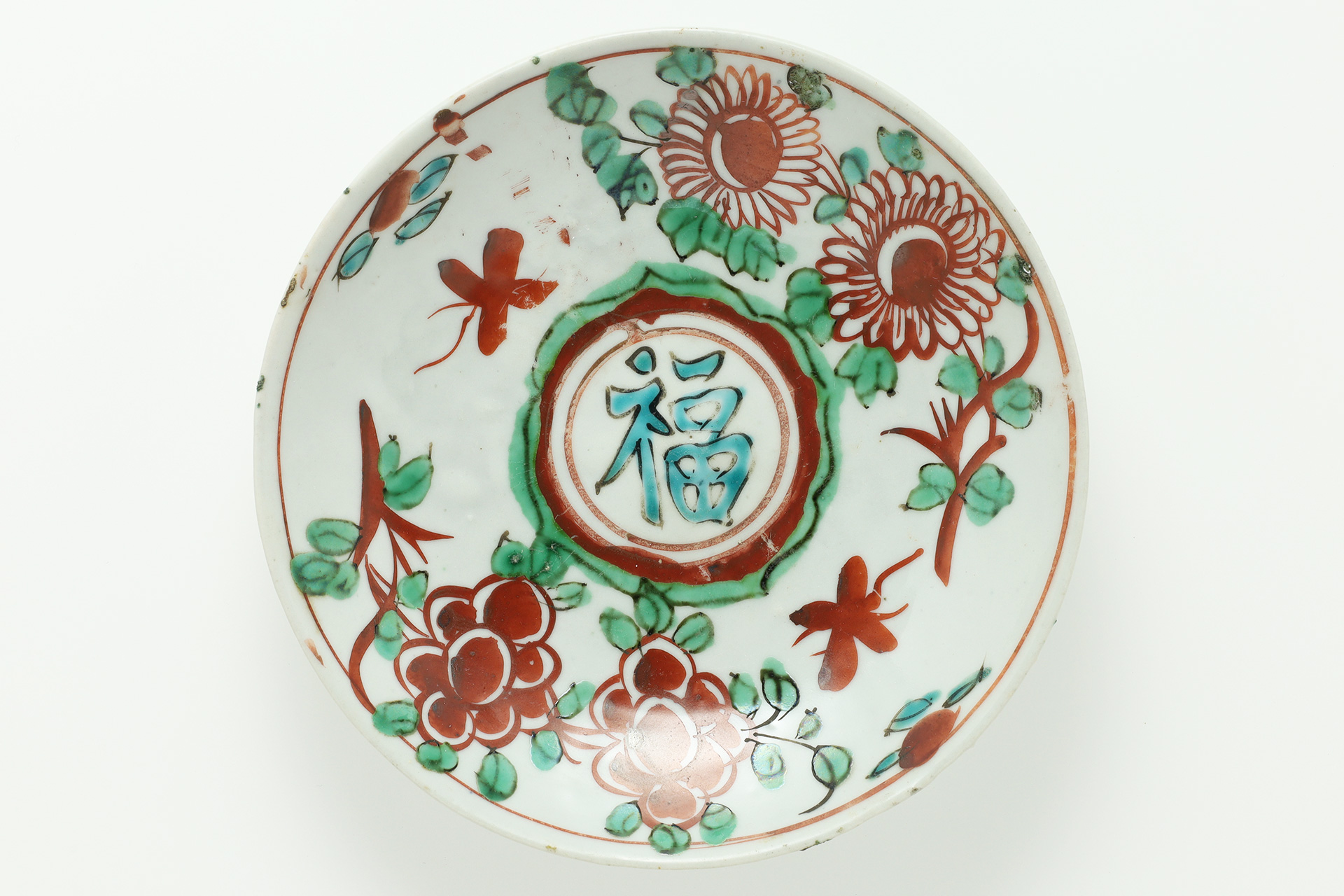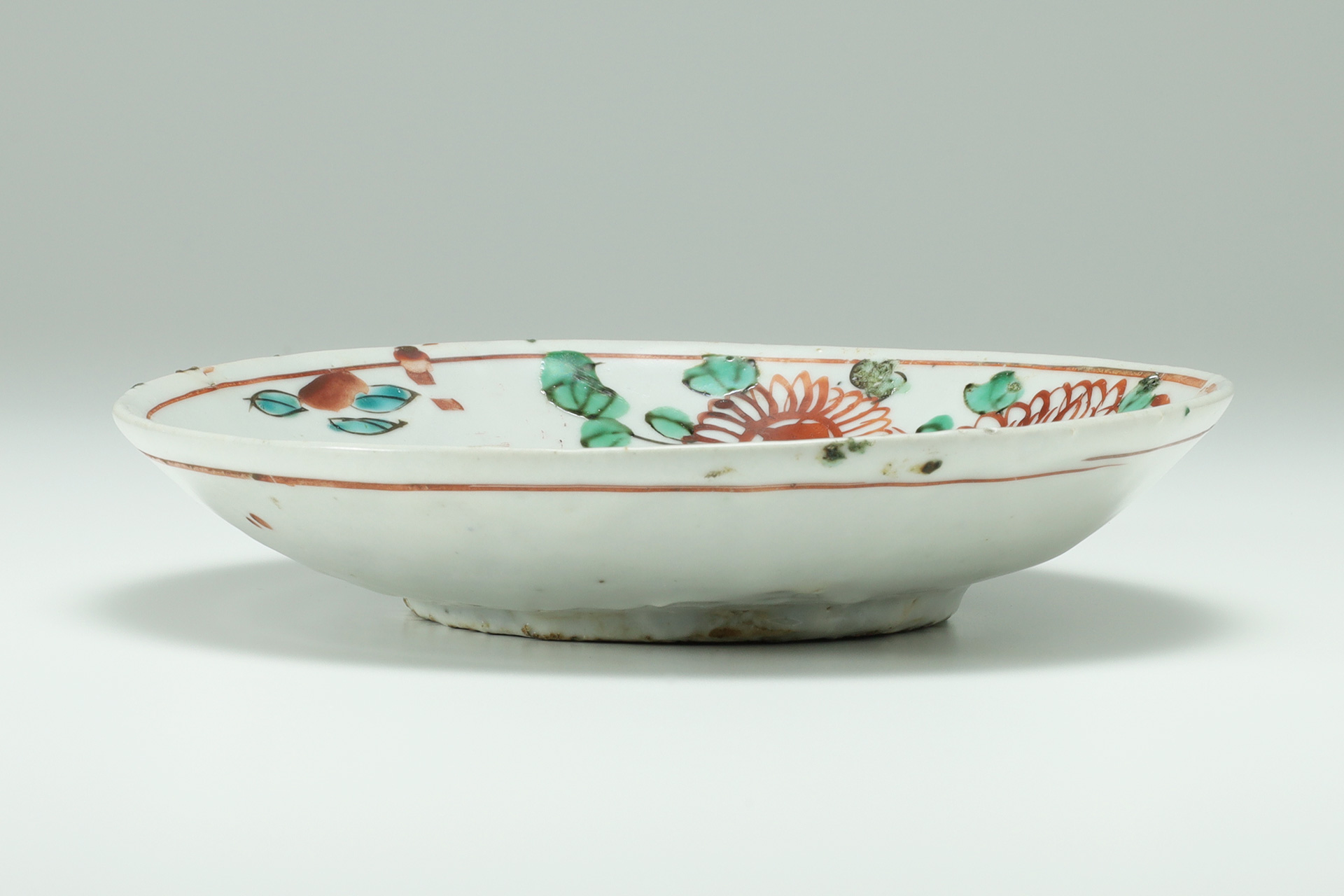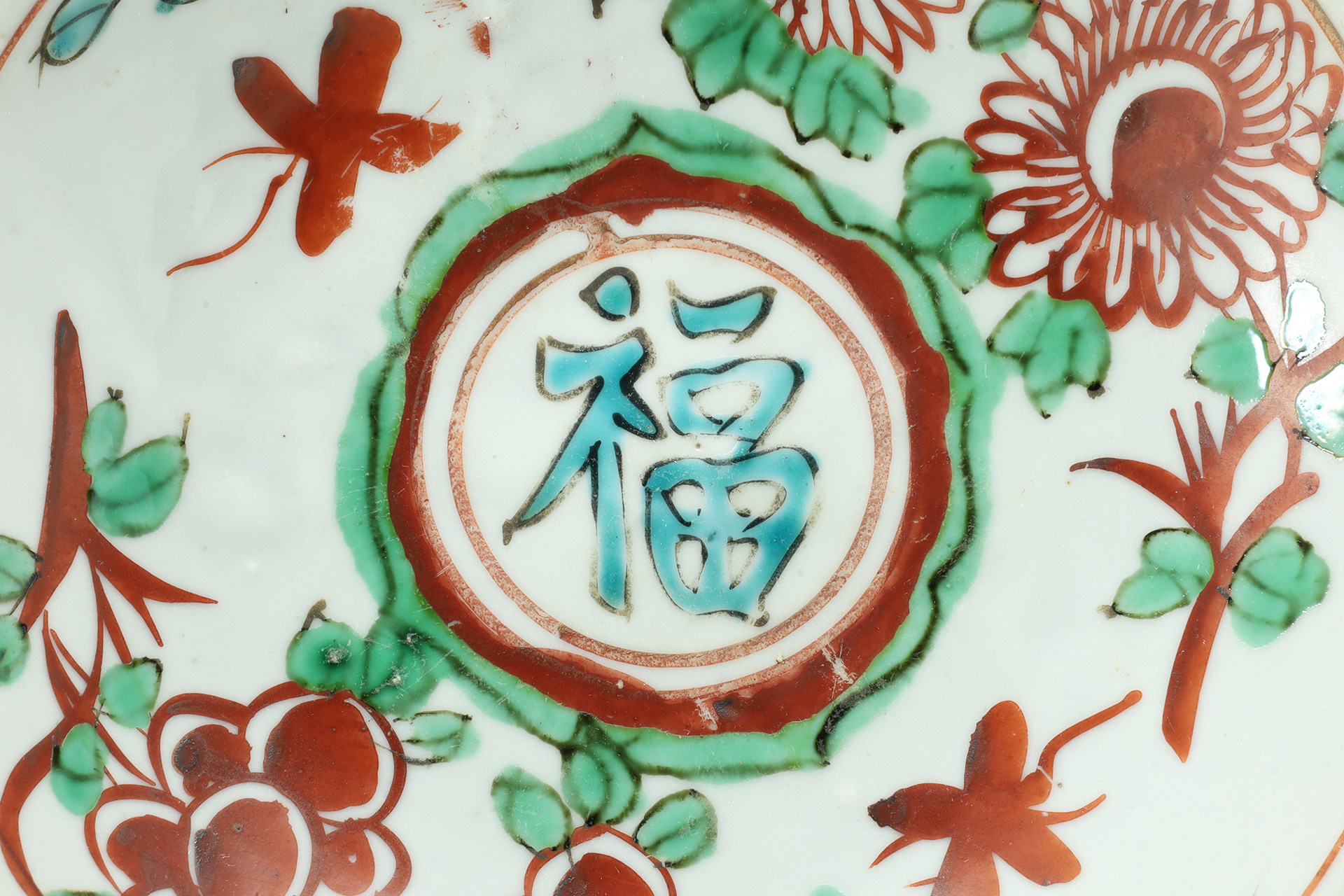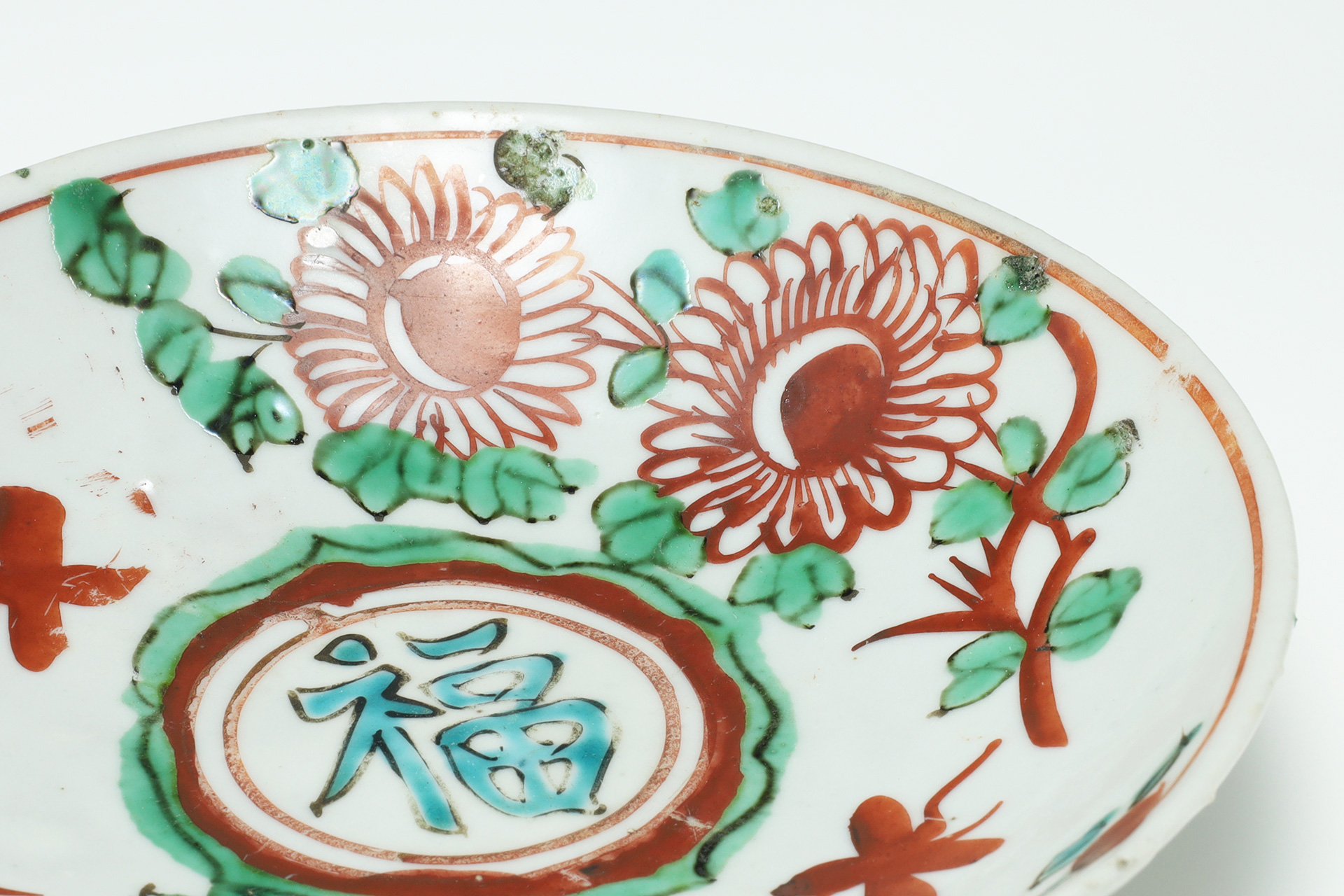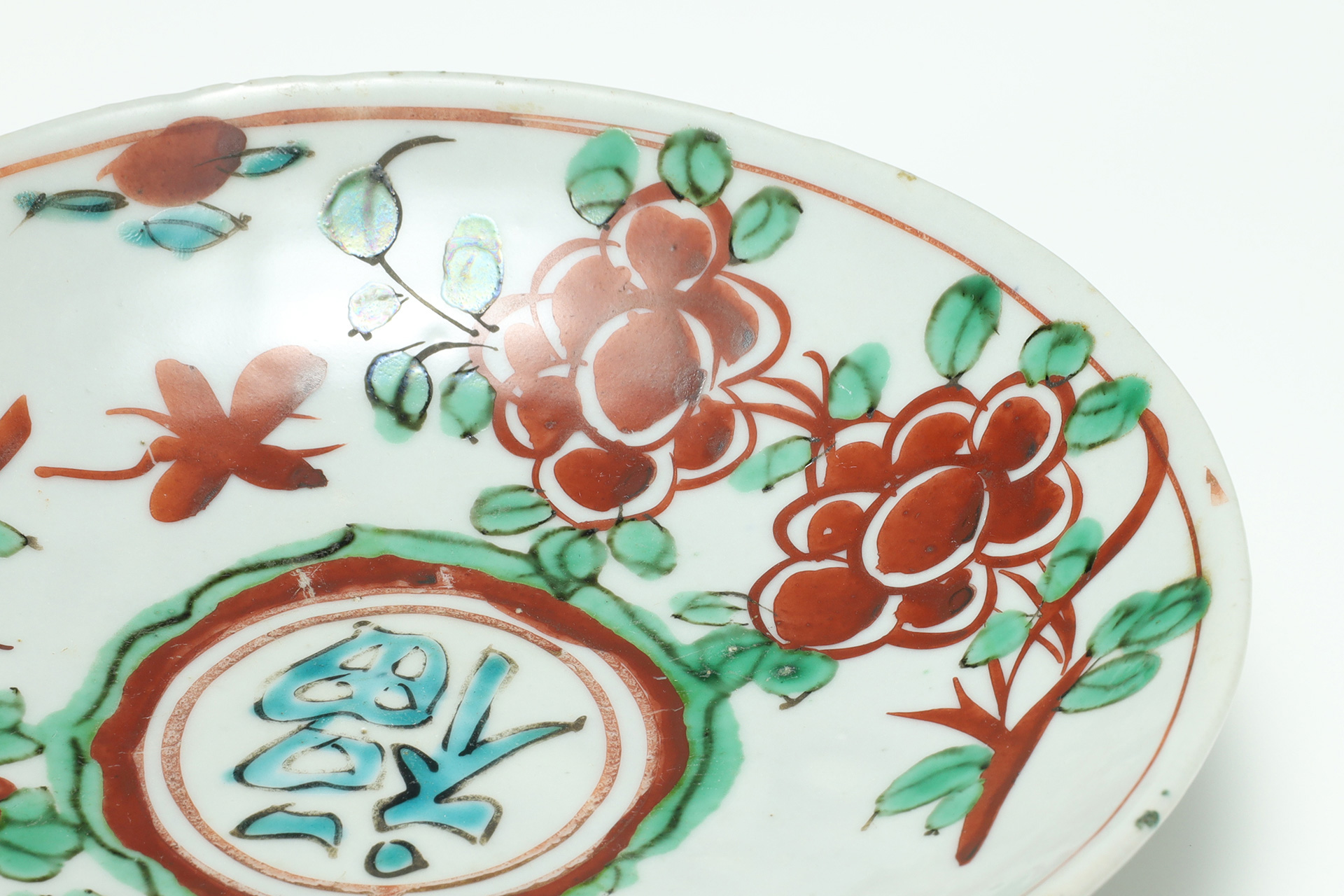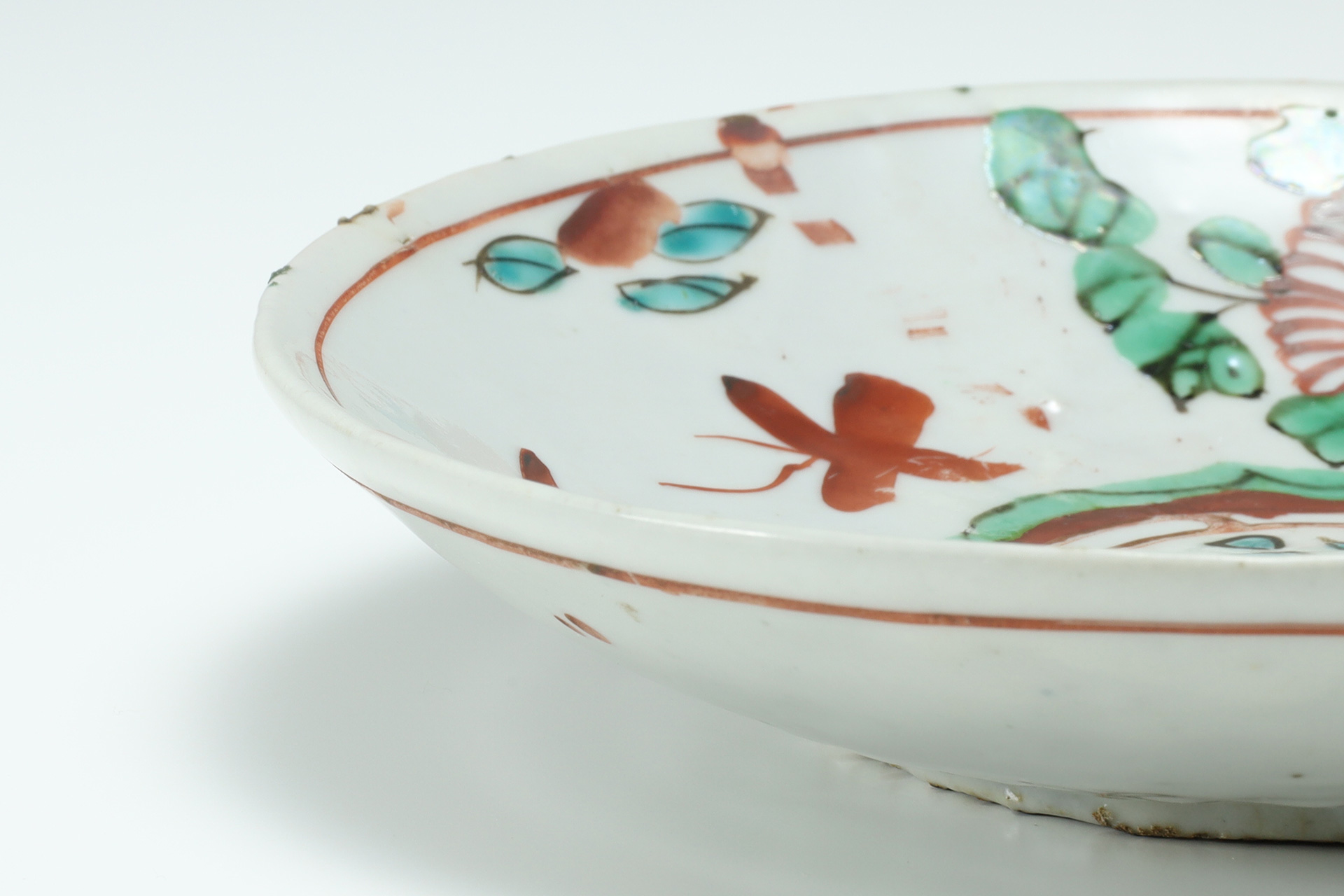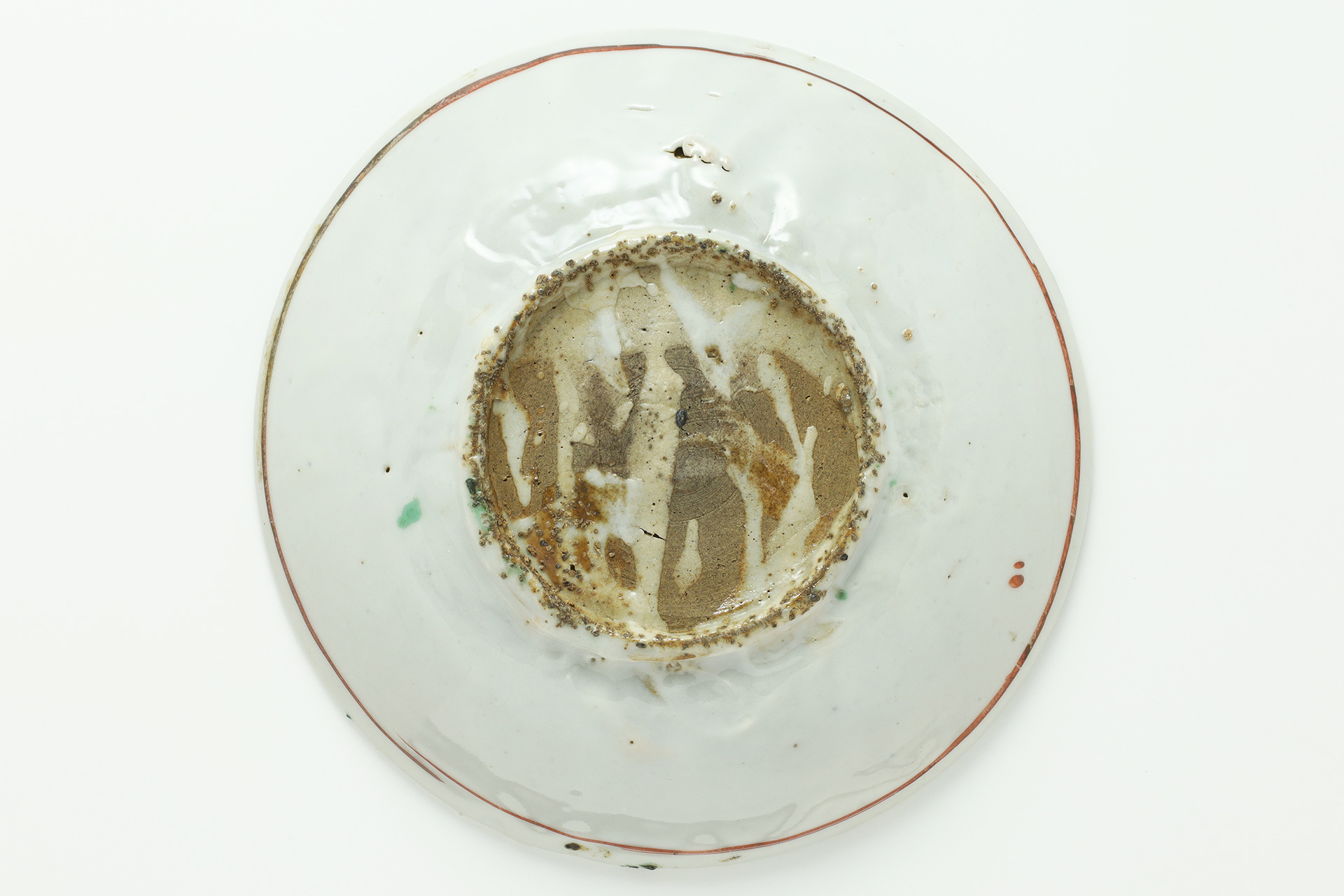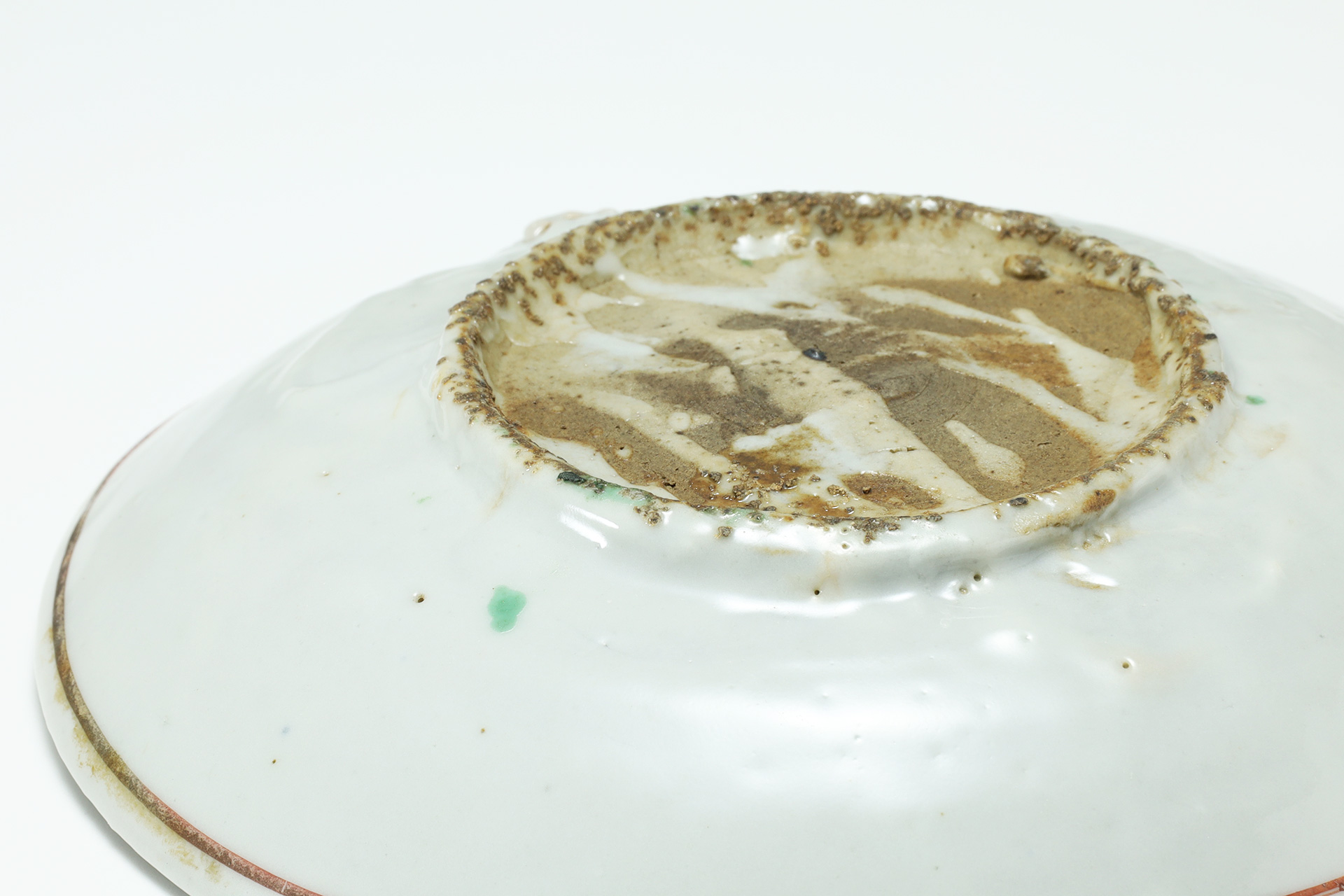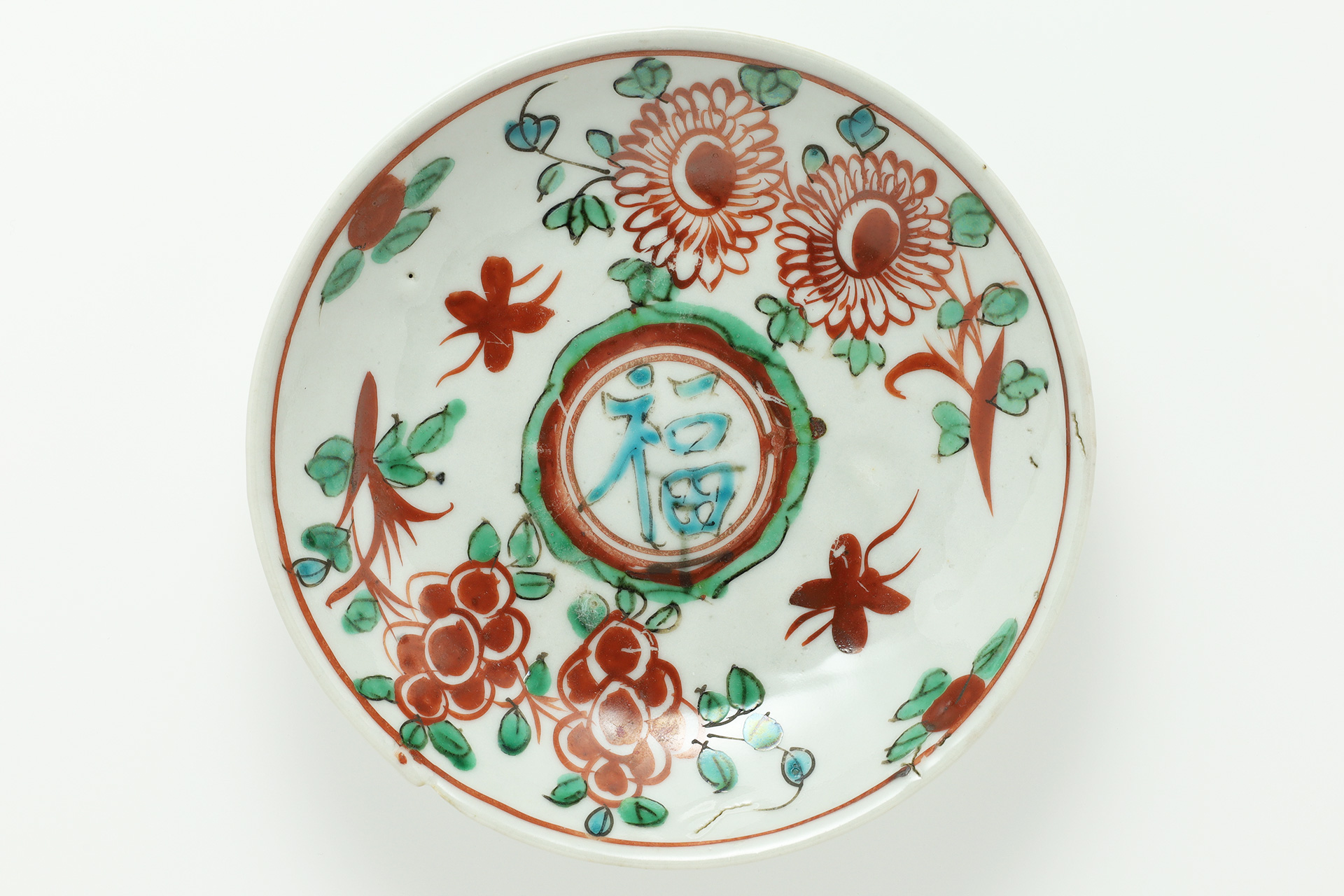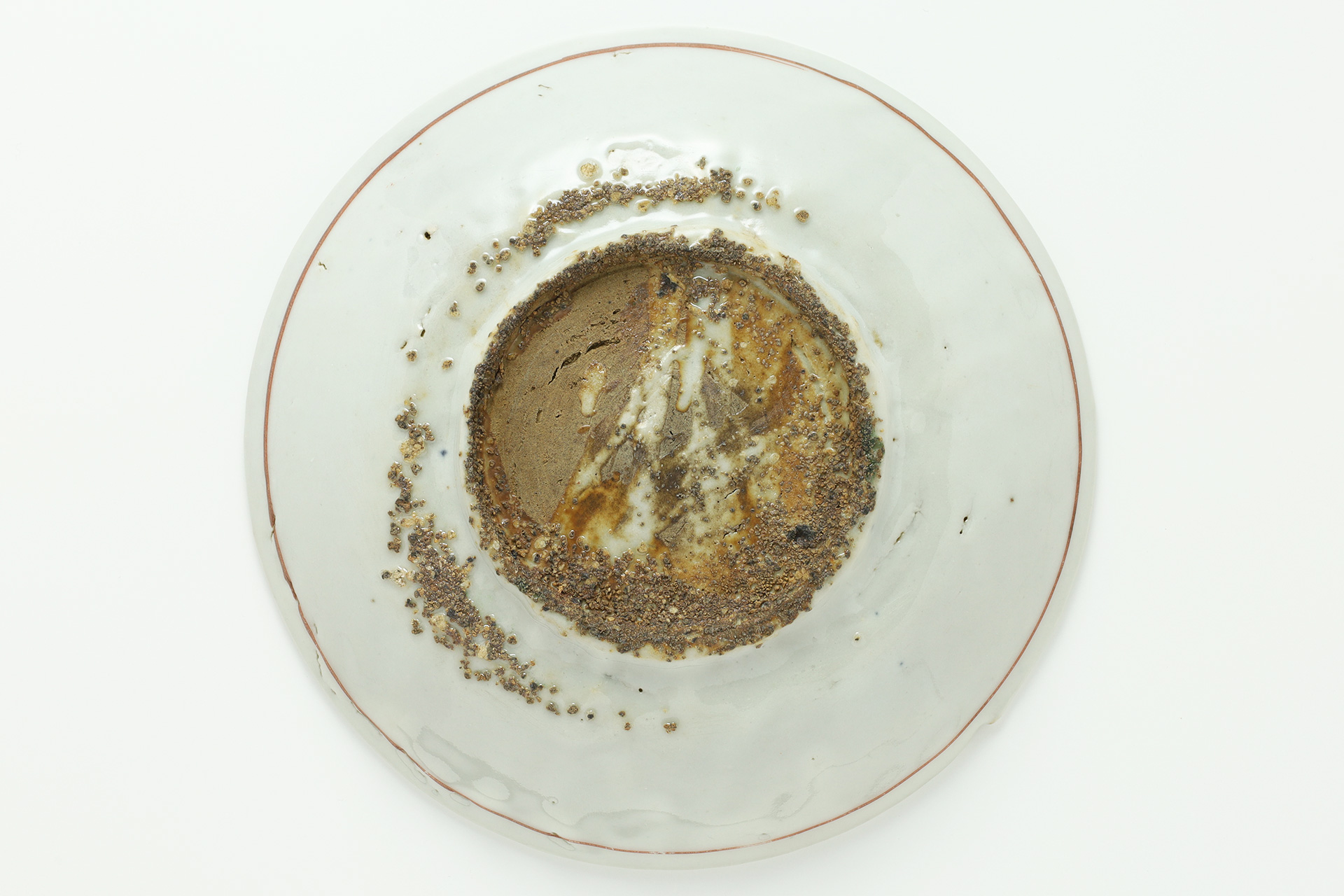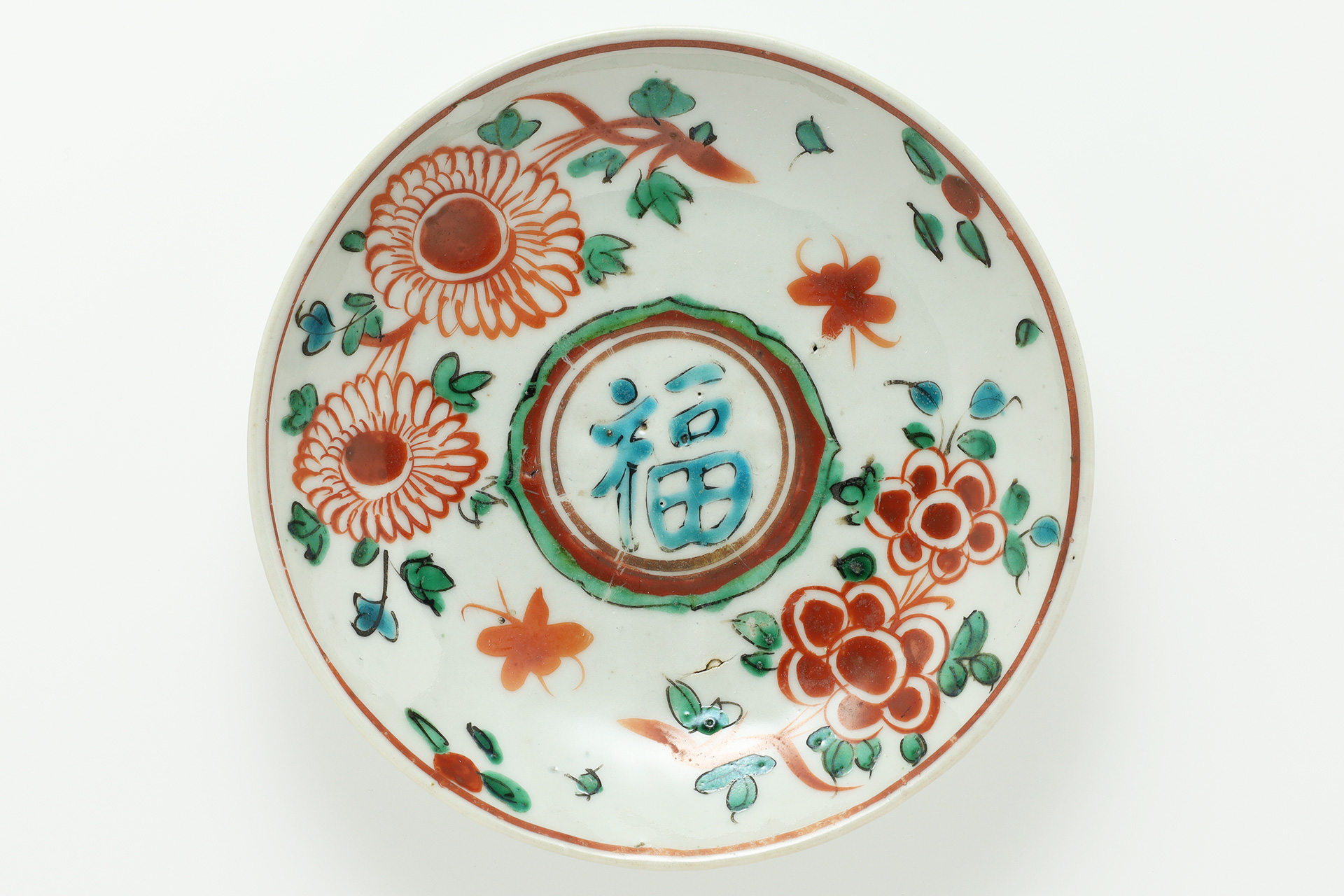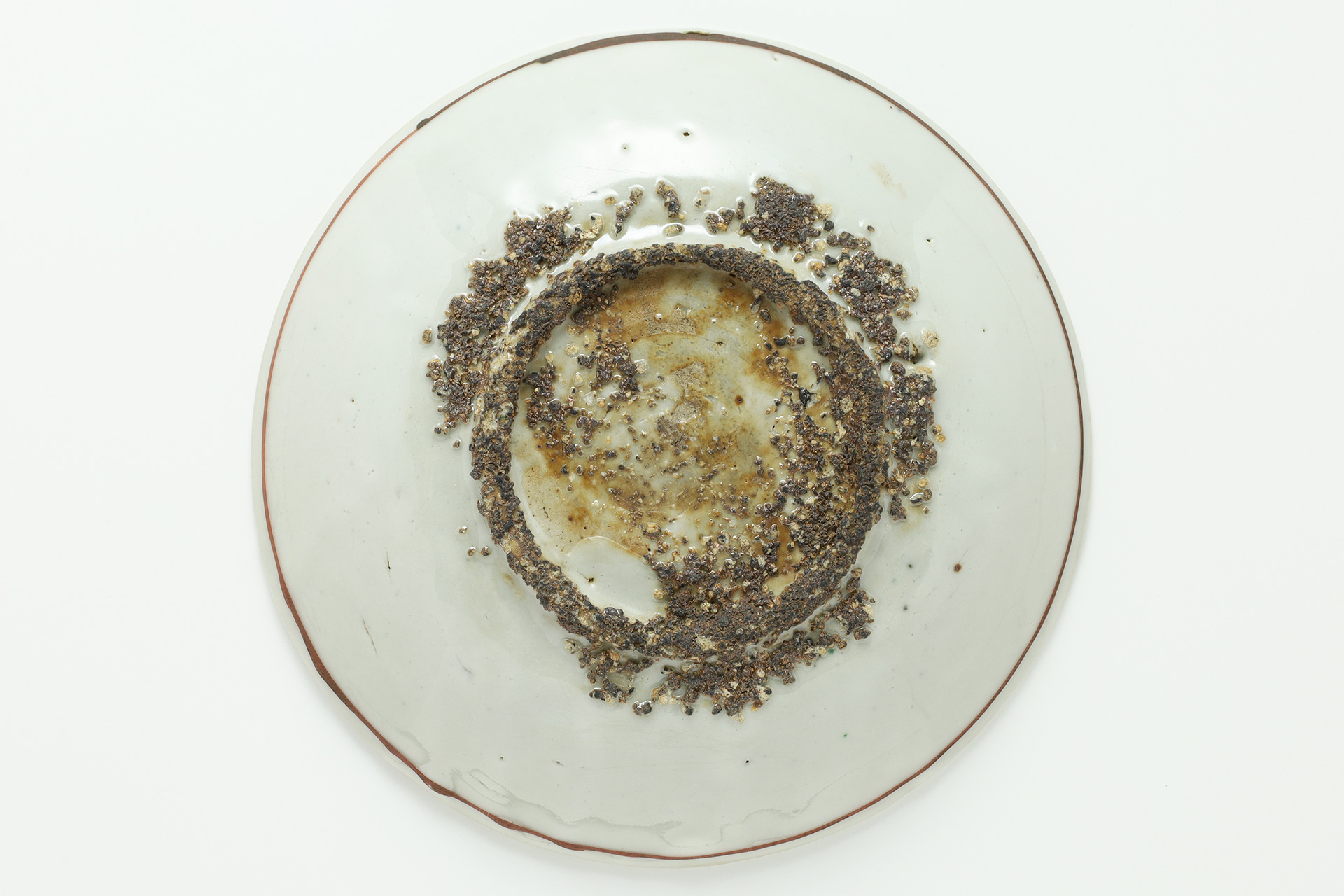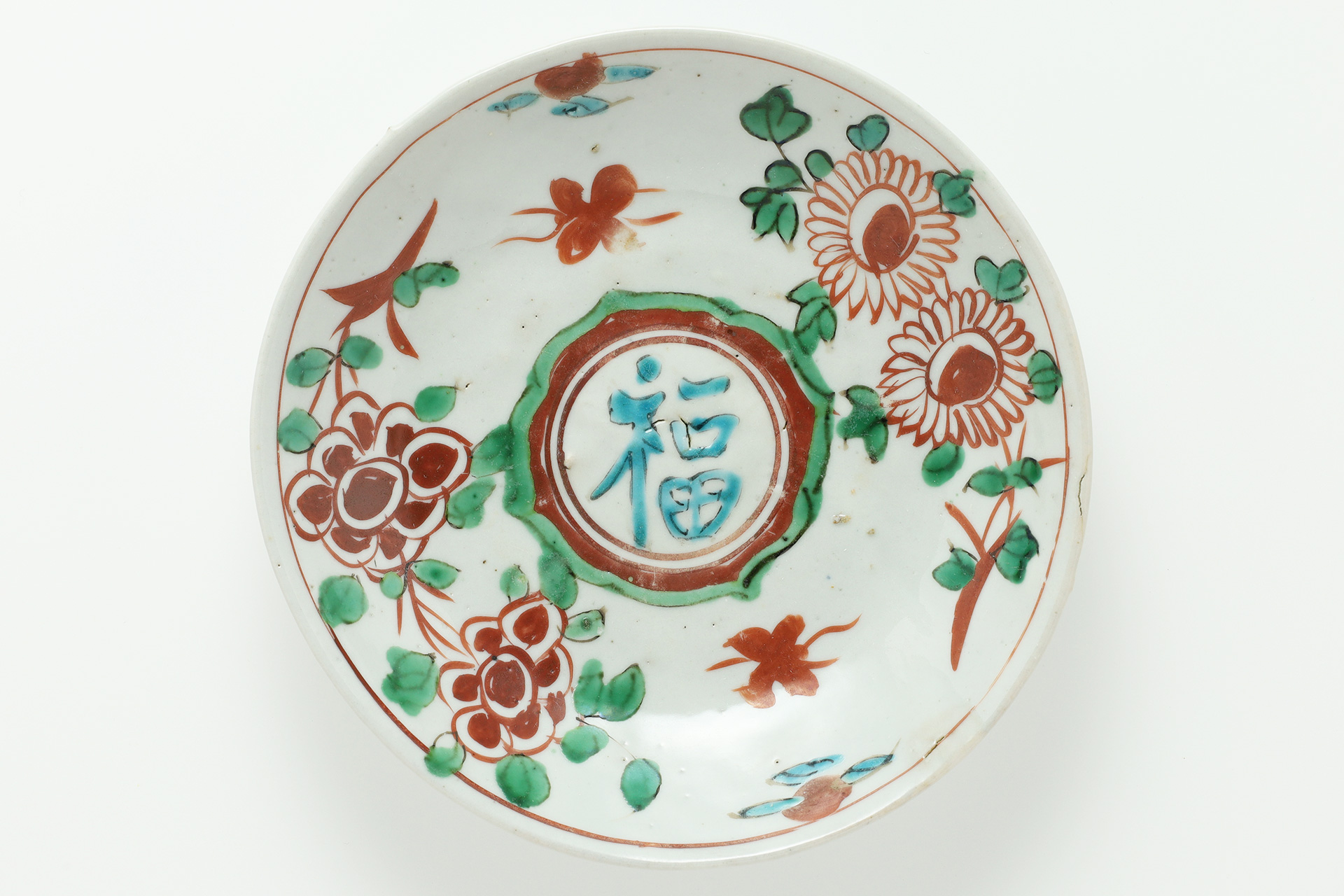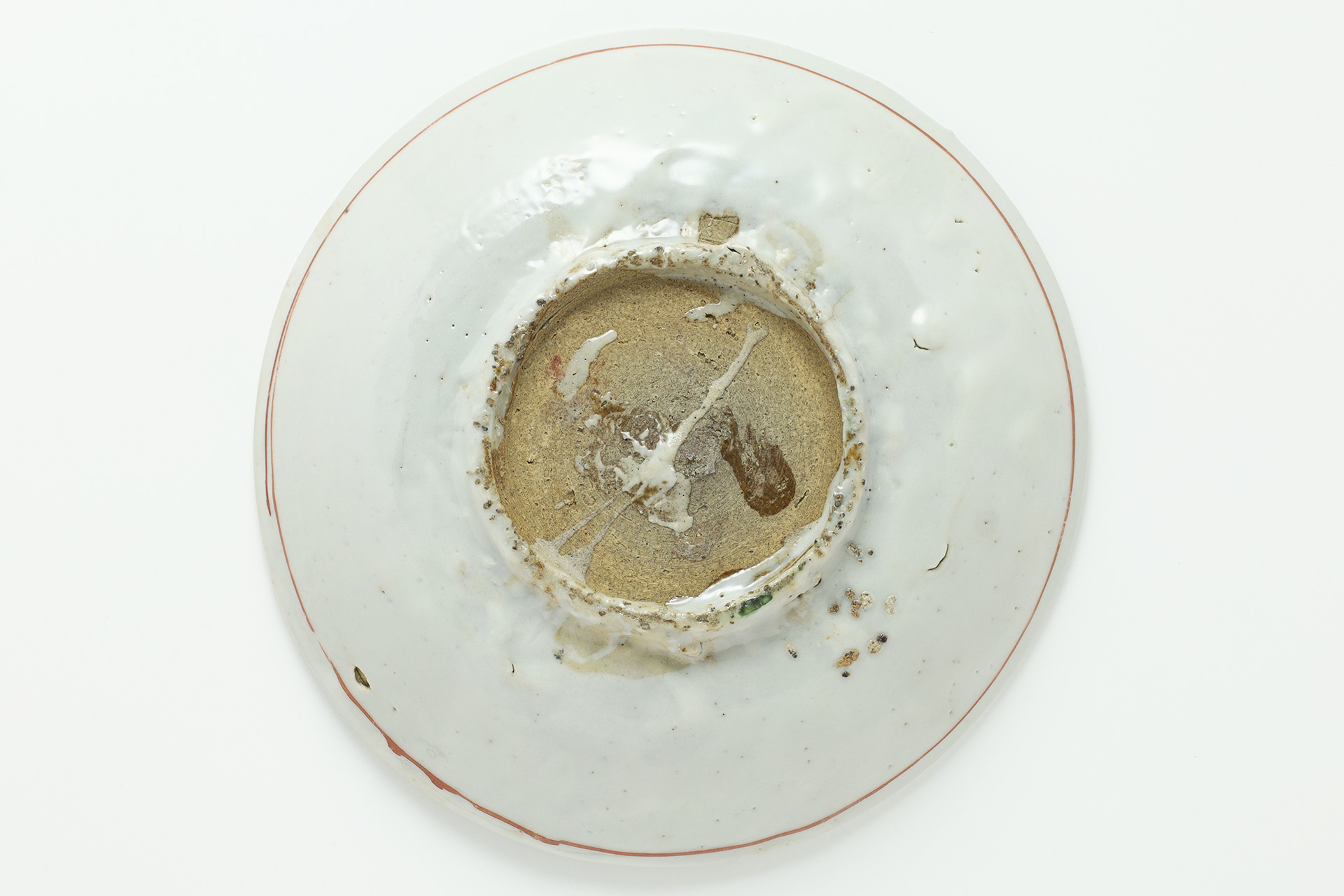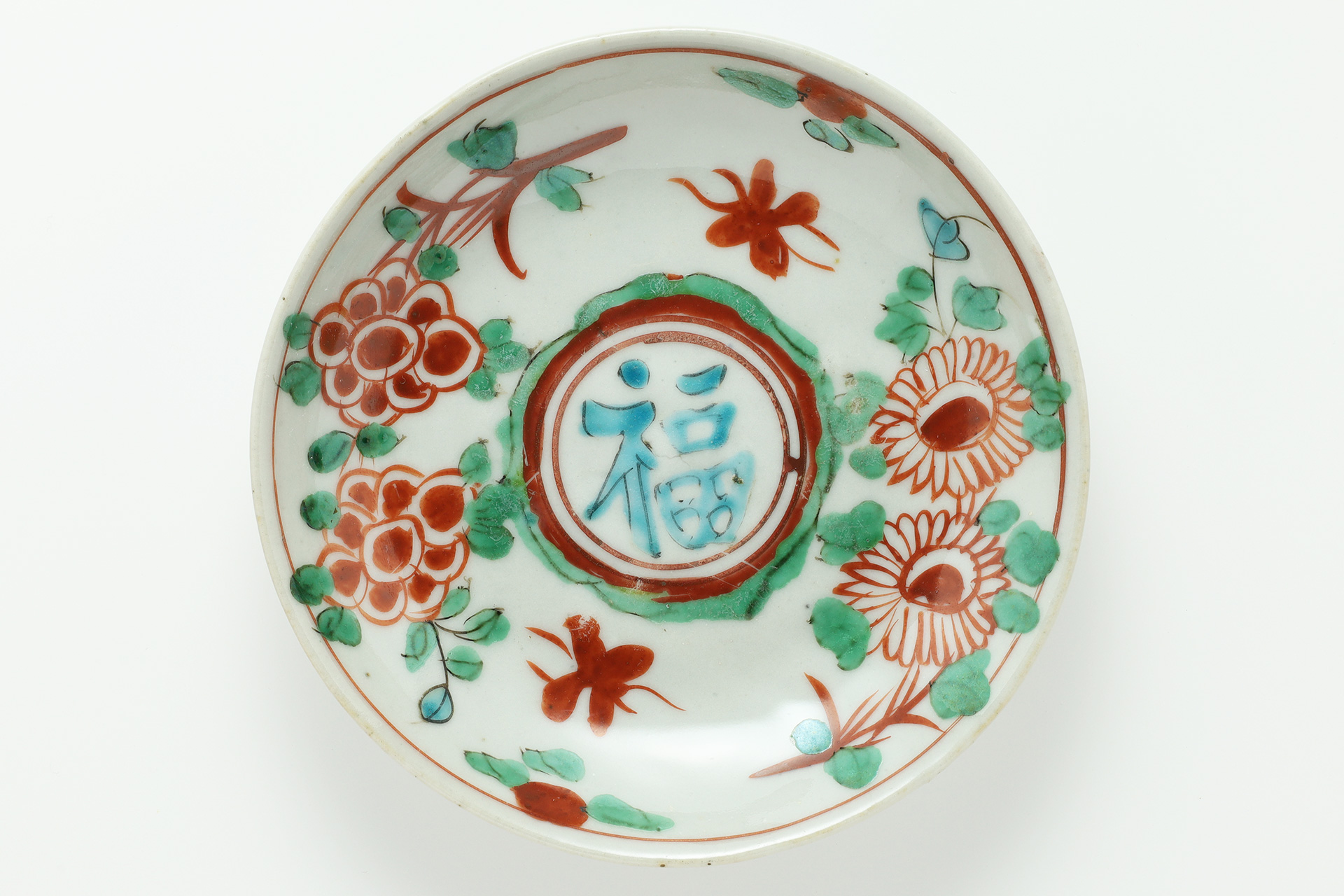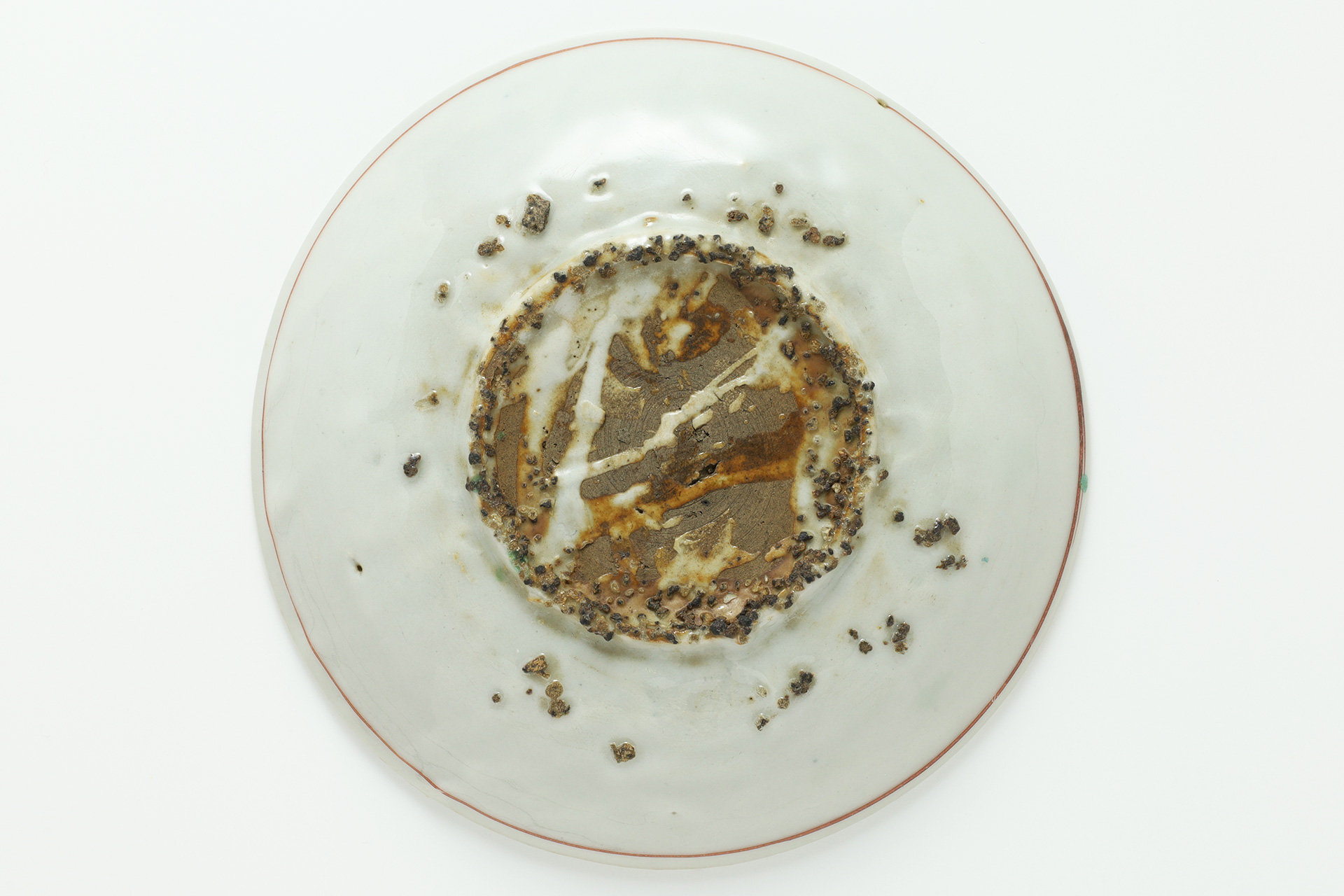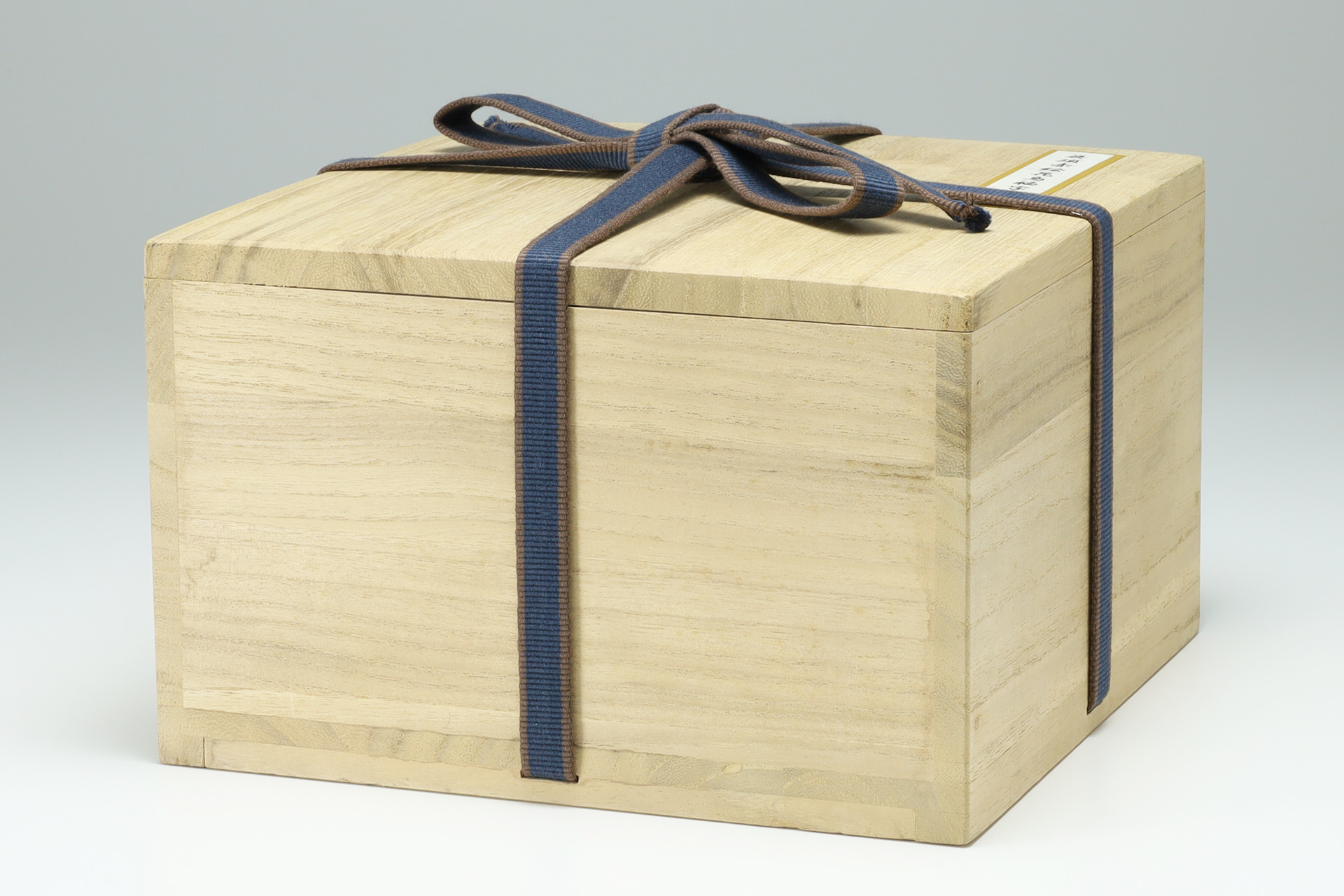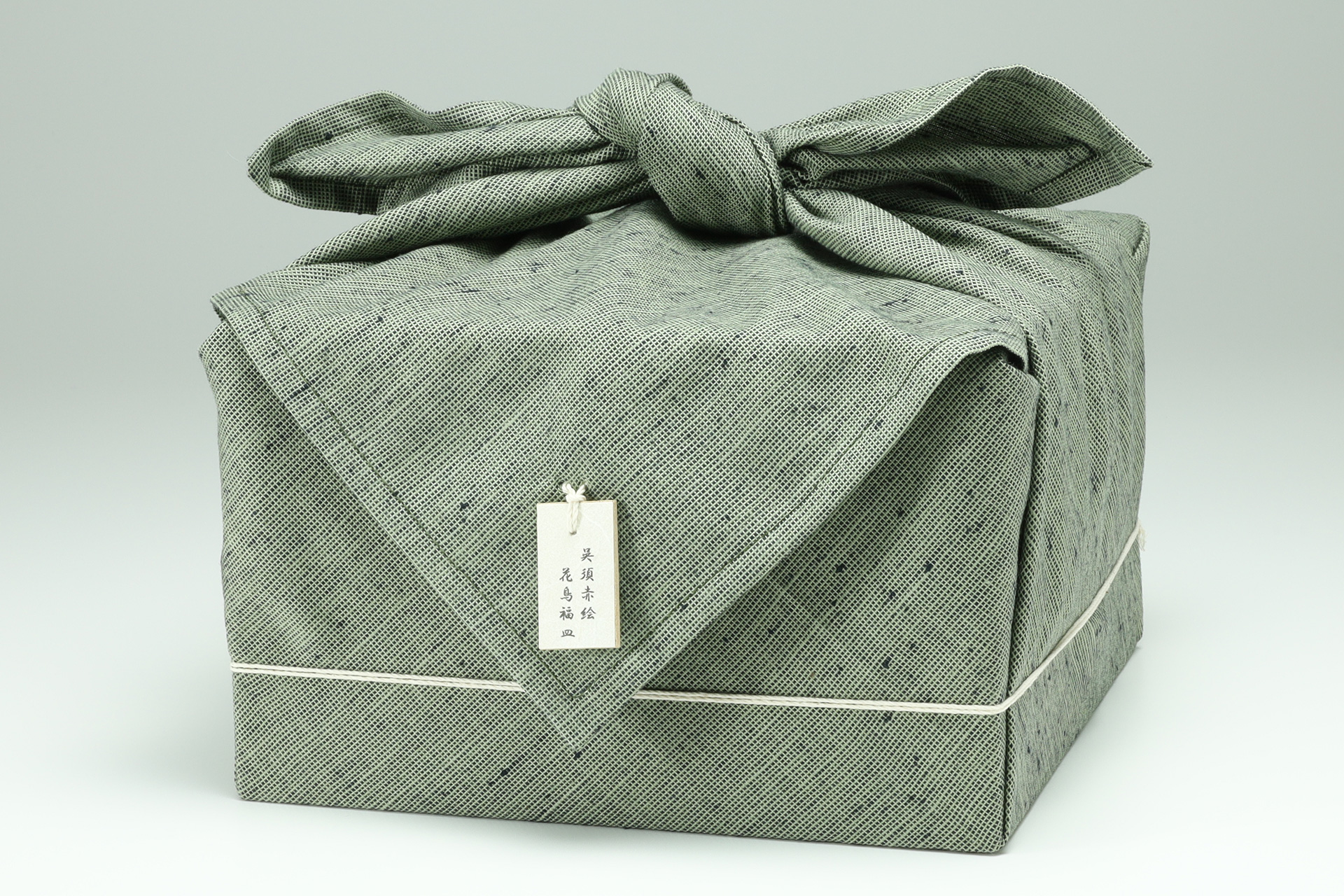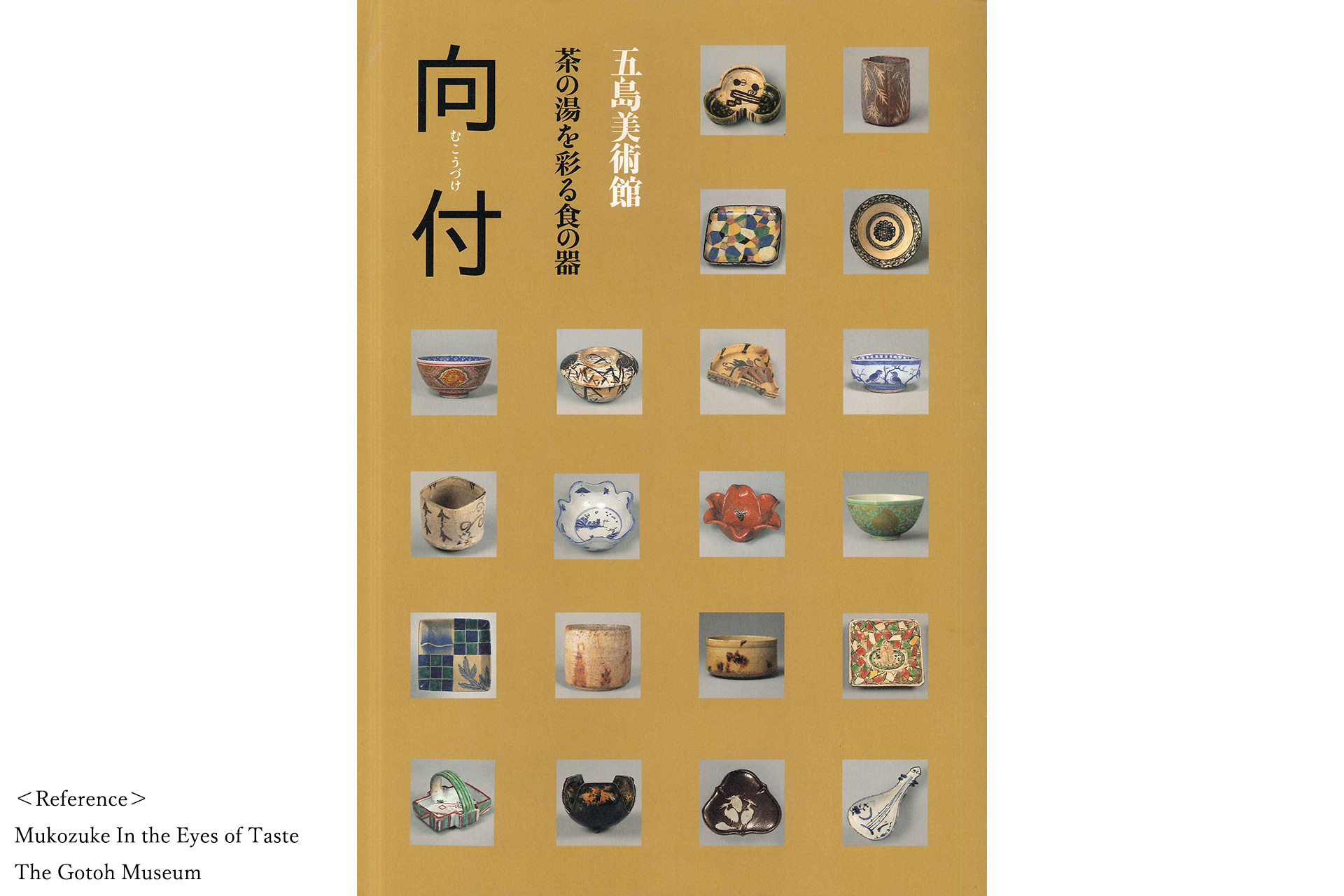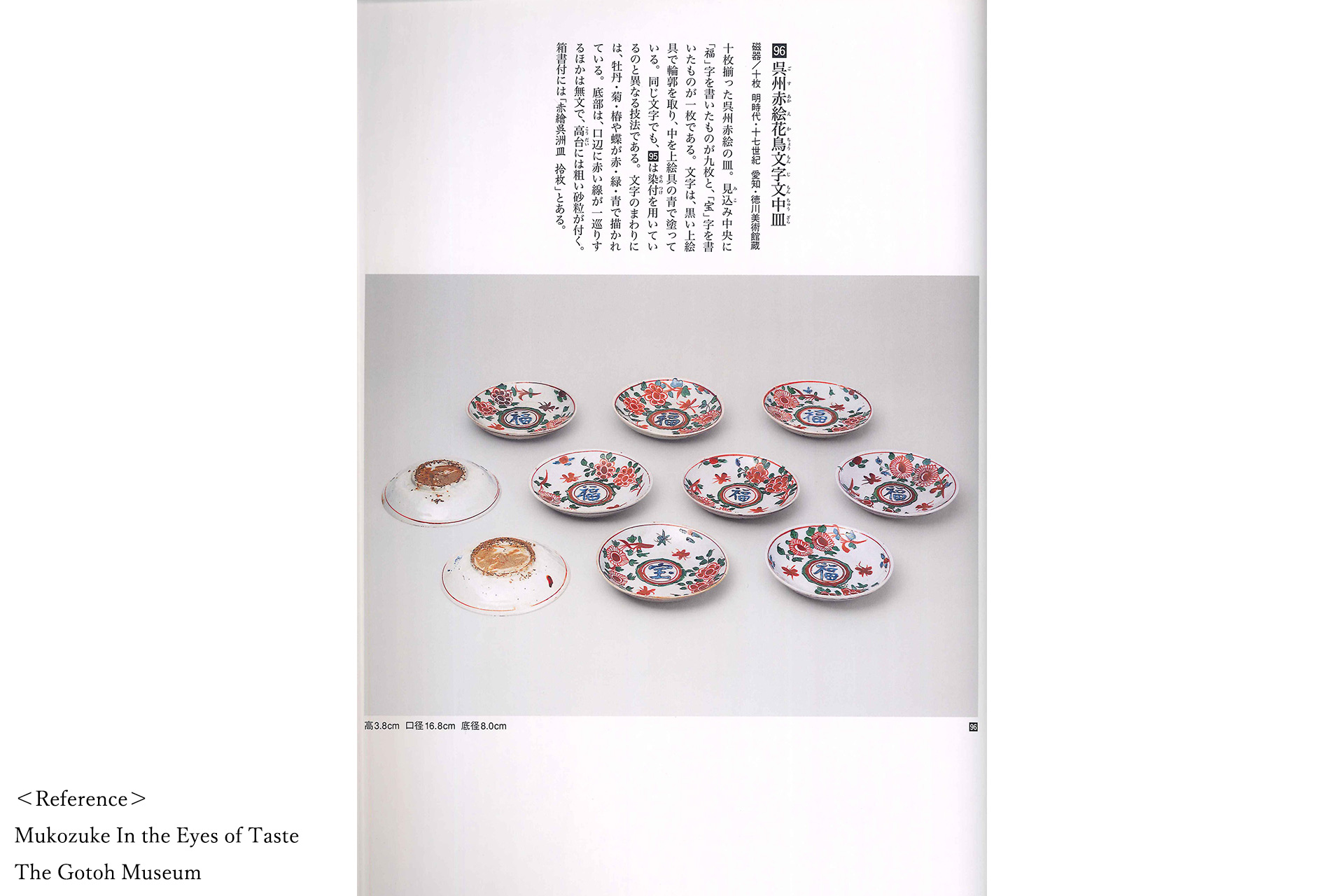Gosu-Akae Dish with Design of Bird and Flower(5 Pieces / Ming Dynasty)
700,000Yen(Tax Included)
The flower and bird design is vividly drawn with the eye catching rich overlay. The flowers come to life and the butterfly seem to begin to take flight due to the potter's careless brushstrokes. What is noteworthy is the auspicious character "Fuku" placed in the center, which sets it apart from the regular gosu-akae. The work, which have a free and unadorned atmosphere, were very popular among japanese master of tea ceremony. Similar items can be found at the Tokugawa Art Museum.
- Period
- Ming Dynasty
17th century
- Weight
- About 268g(1 Piece)
- Diameter
- About 16.6cm
- Height
- About 3.5cm
- Bottom Diameter
- About 8.1cm
- Description
- Paulownia Box
- Condition
- Excellent Condition
The base, color development, and firing are good, and it is in excellent condition.

The gorgeous gosu-akae with auspicious wishes. It was fired in the zhangzhou kiln in southern fujian province around the end of the ming dynasty. The “Fuku” character is placed in the center in blue.
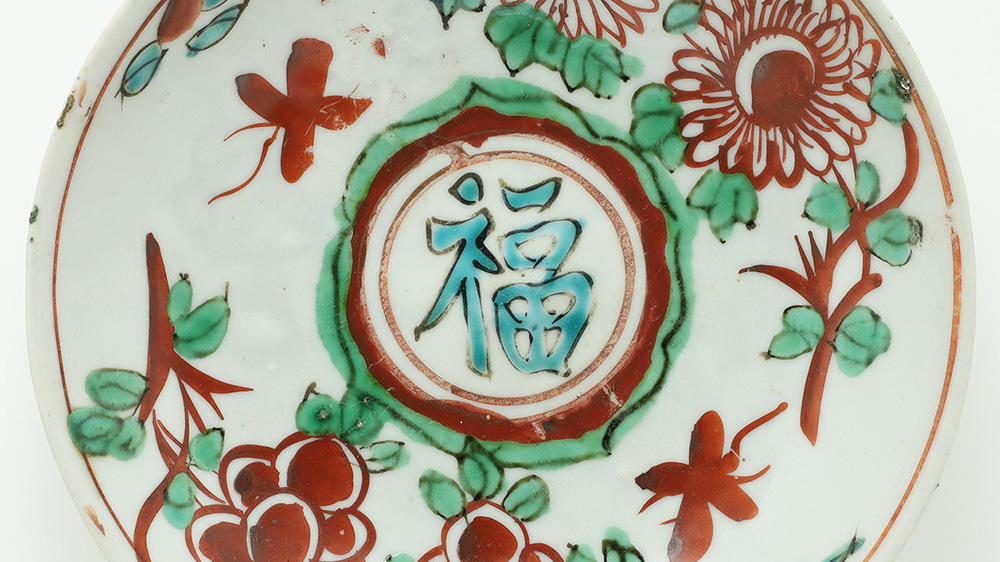
The chrysanthemum was introduced from china as a medicinal herb during the nara period. It is also included in the “Four Gentlemen(chrysanthemum, orchid, bamboo, and plum)”, whose beauty is compared to a gentleman as a noble flower, and a gentleman refers to a person with high virtue and dignity.
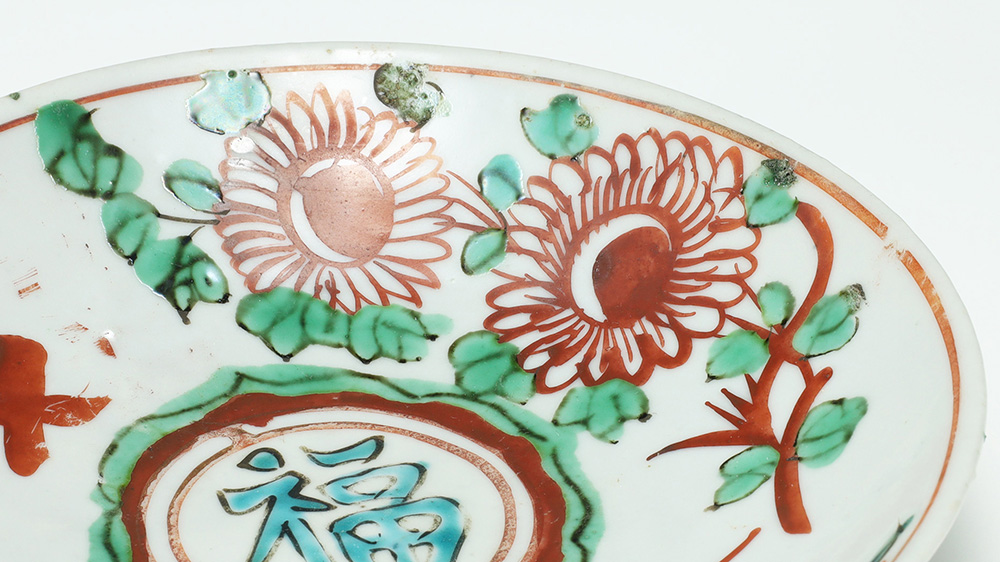
The peony was introduced from china during the nara period. It was originally thought to have medicinal properties(pain relief, anti inflammatory, blood purification), but it was named the “King of Hundred Flowers” because it is more elegant and luxurious than any other flower.
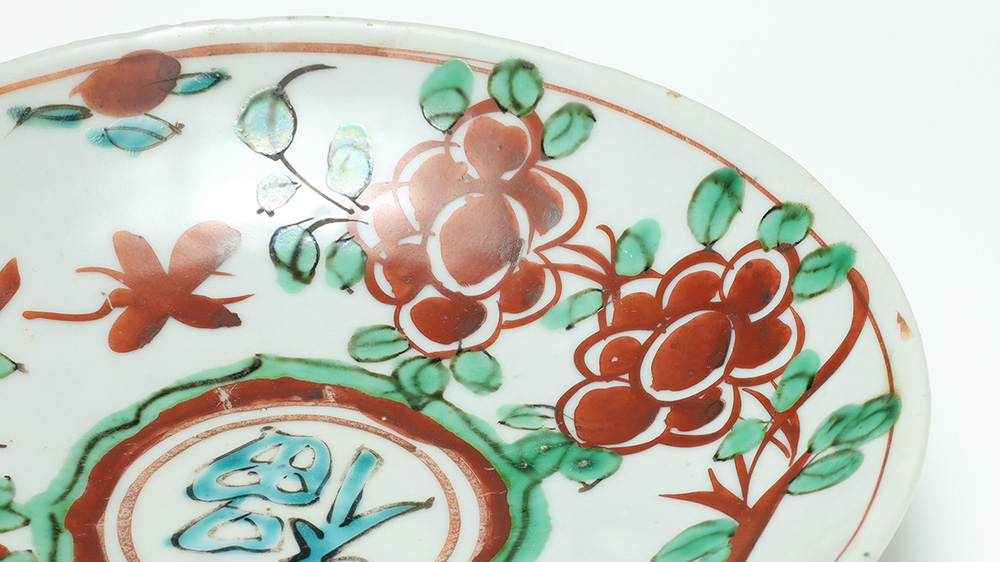
All five pieces are intact and will complement your dishes at your celebration. The design composition, which can be used throughout the seasons, is also appreciated.
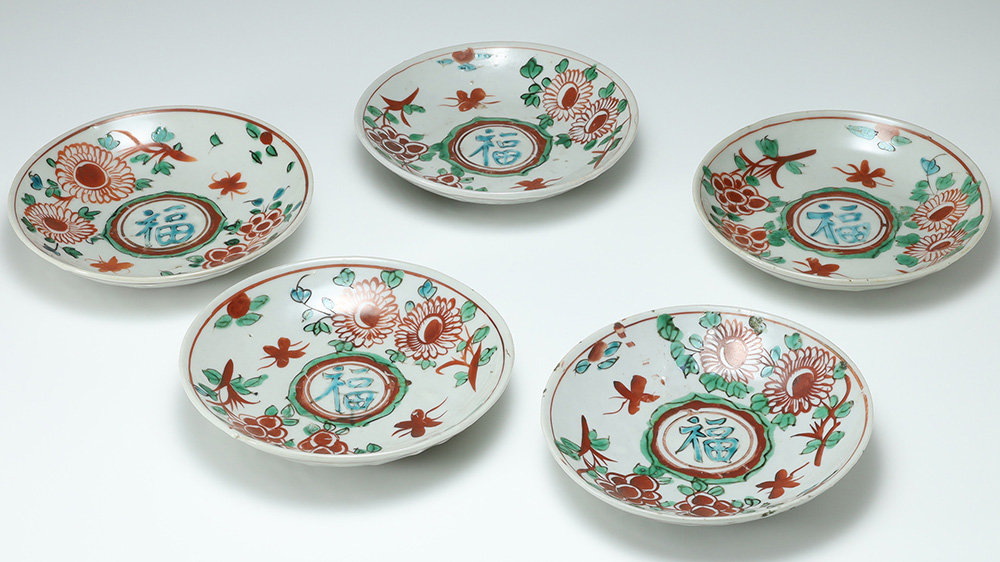
Because the works were fired with large particles of iron rich sand laid on the bottom, some pieces can be seen with sand attached to the bottom. The japanese master of tea ceremony found a natural beauty in the rough taste.
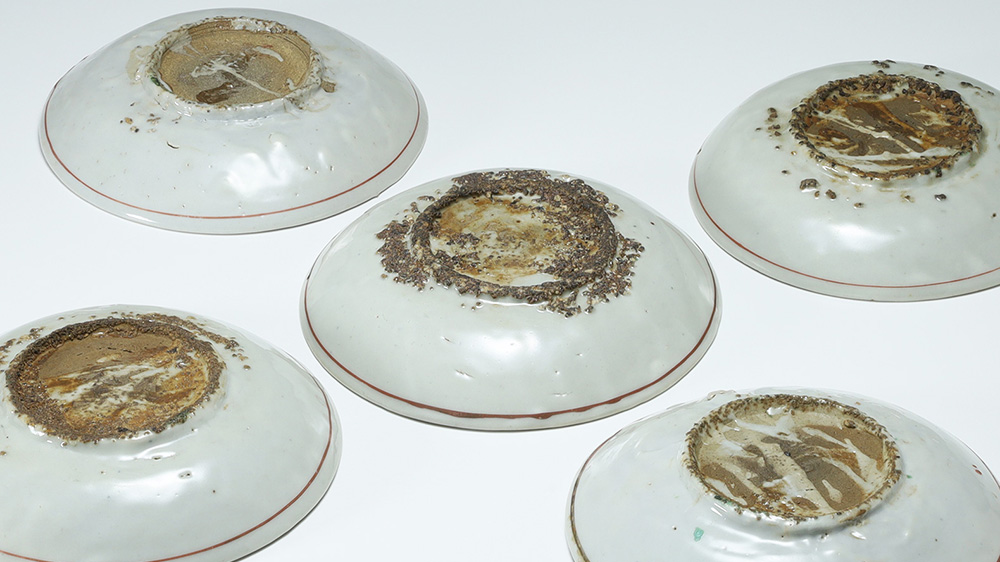
The similar work is in the collection of the Tokugawa Art Museum.
The collection of 10 or 5 pieces is a sight to behold.
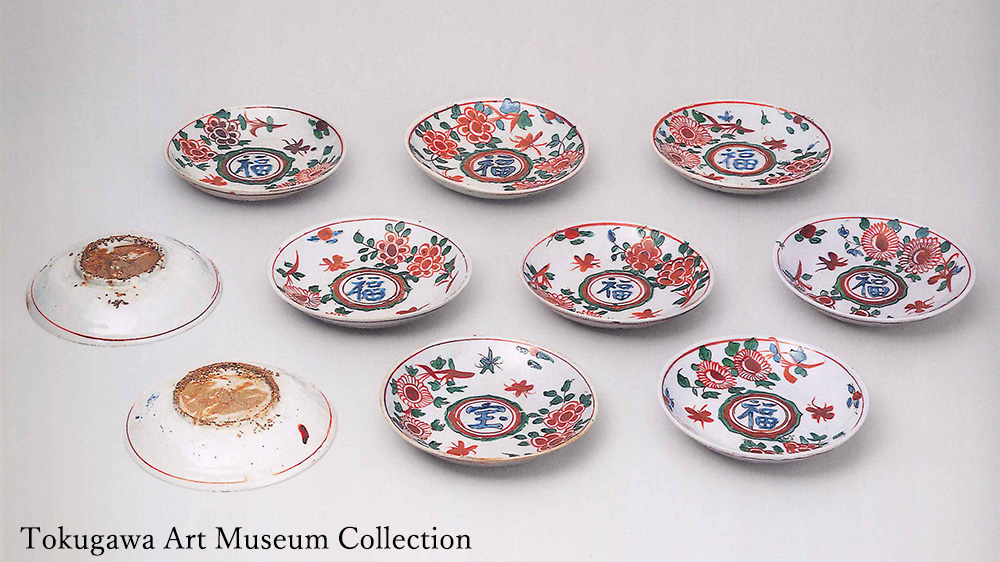
Gosu-Akae
Gosu-akae refers to the overglaze enamels porcelain that were fired at the zhangzhou kiln in china, mainly during the late ming dynasty. The style is said to have been developed from the ko-akae and kinrande of the jingdezhen kiln. Basically, blue and white is not used, and a thick milky white devitrified glaze is applied inside and outside. The overglaze is based on red, with green and blue added, and the relaxed depiction gives a sense of style. On rare occasions, the red bead design is overlaid with gold leaf. One of the characteristics of the pottery is that it has sand attached to the bottom because it was fired with sand laid down on it. There are also examples of compositions depicting japanese characters for “Tenkaichi” and arabic characters, indicating that the main commercial areas were southeast asia and japan. Among them, gosu-akae is preferred and prized in japan, and japanese tea master especially value the tamatori-jishi bowl and sakigakede bowl.
Gosude
Gosude refers to the crude porcelain that were fired at the zhangzhou kiln in china, mainly during the late ming dynasty. Works such as gosu-akae, gosu-sometsuke, and mochihanade are known, and the main trading area was southeast asia and japan. In europe and the united states, it is called “Swatow Ware” after its export port, shantou port in guangdong province. The most likely theory is that during the edo period, southern china was called “Go” so it came to be called “Gosude” meaning pottery from southern china.
